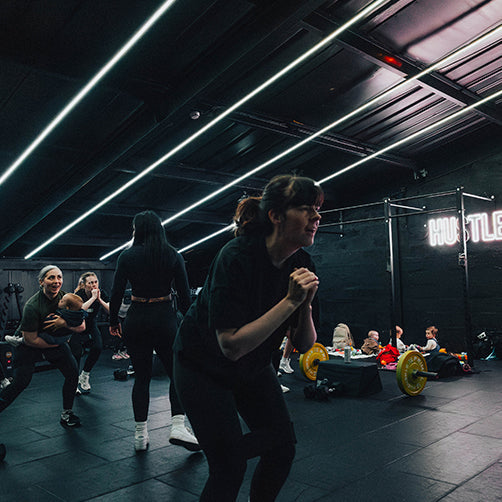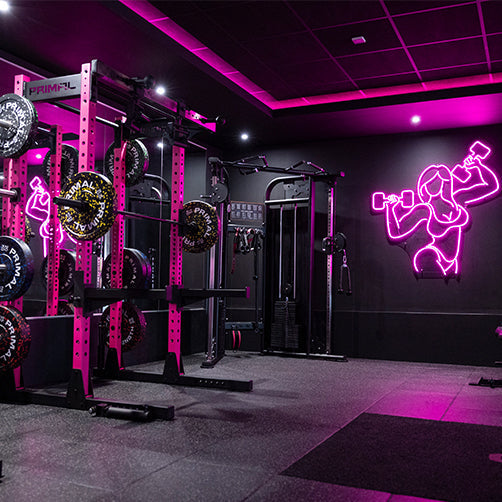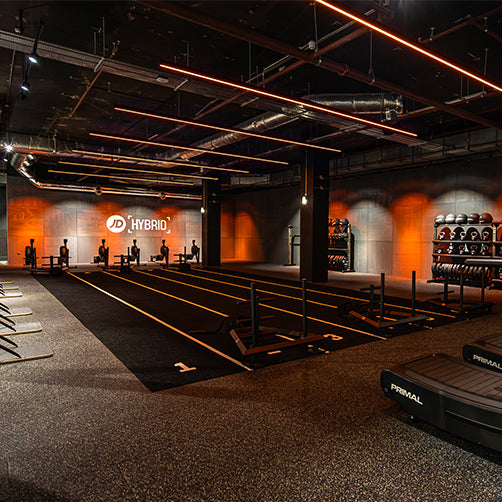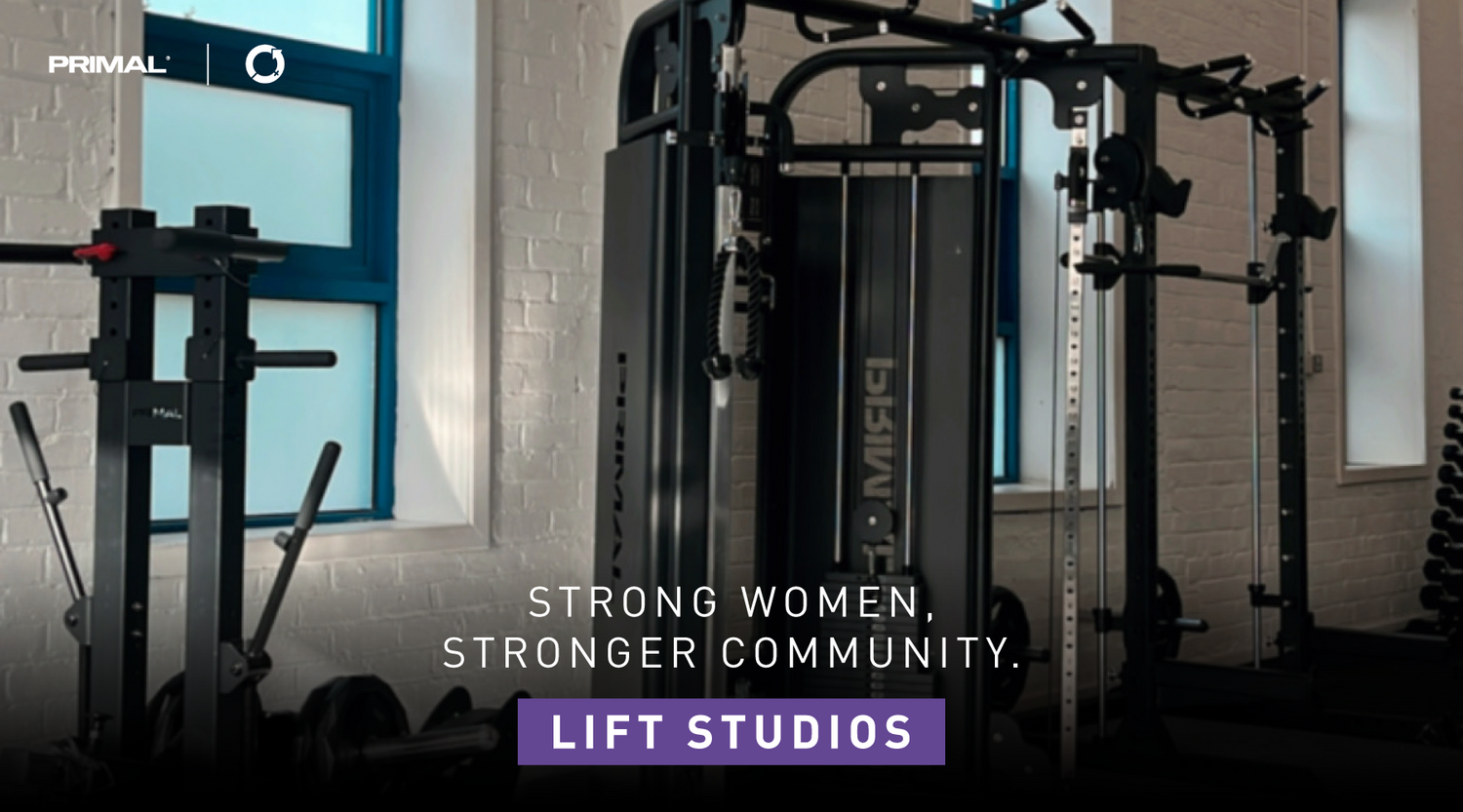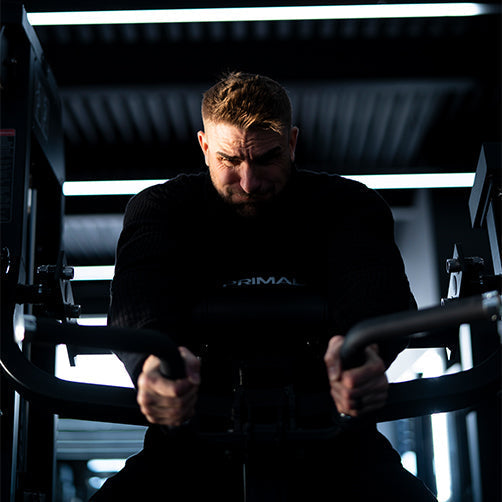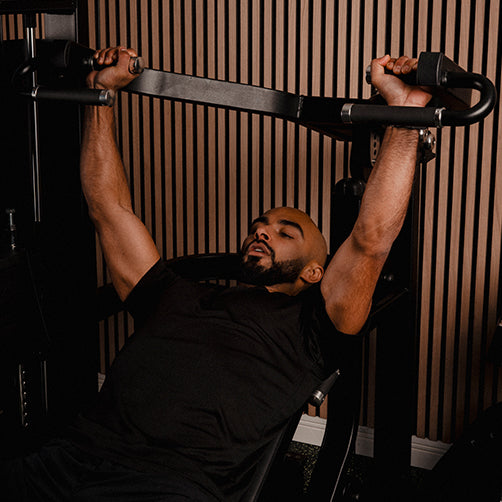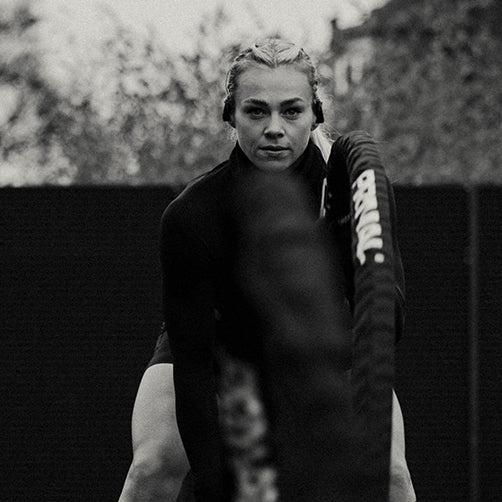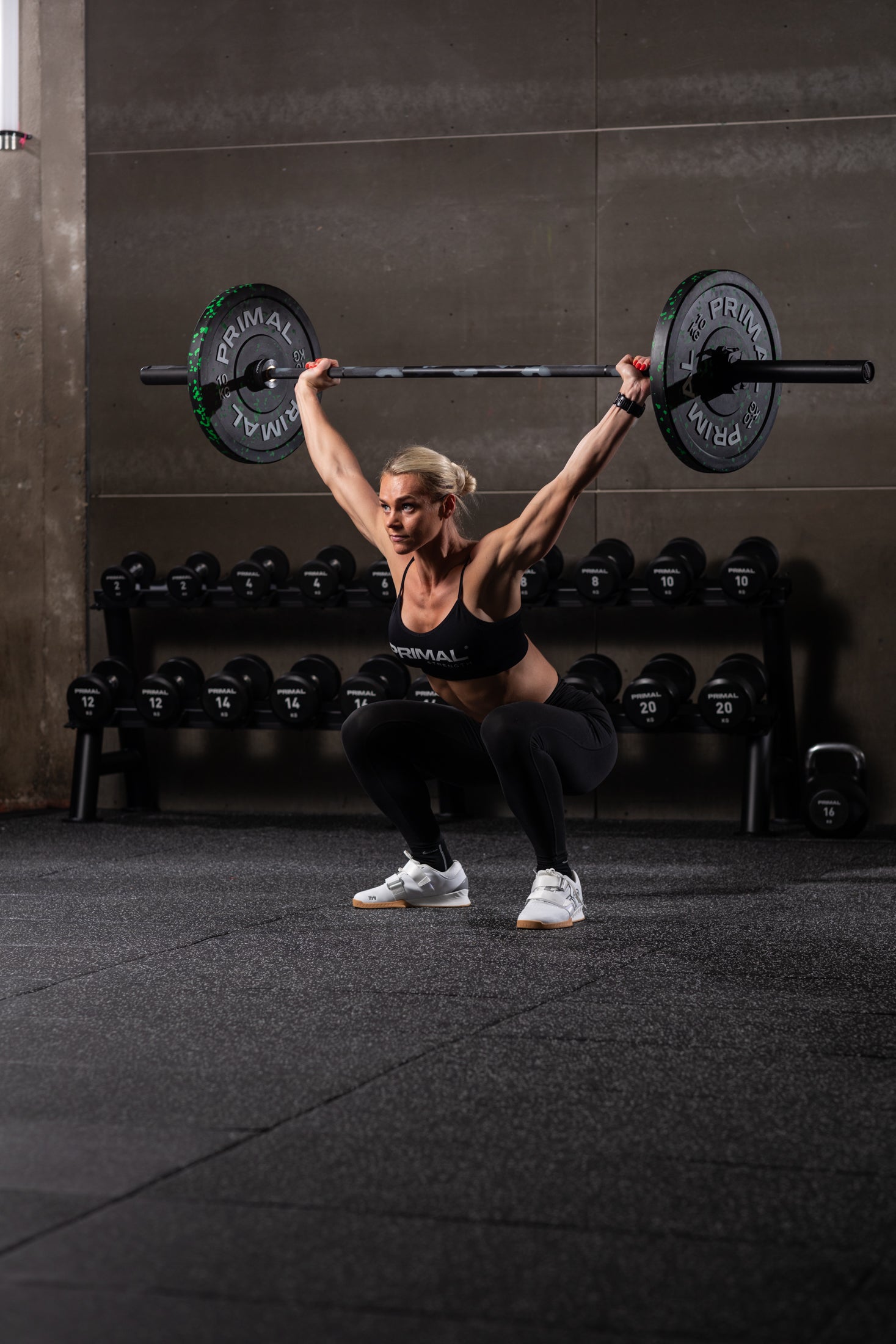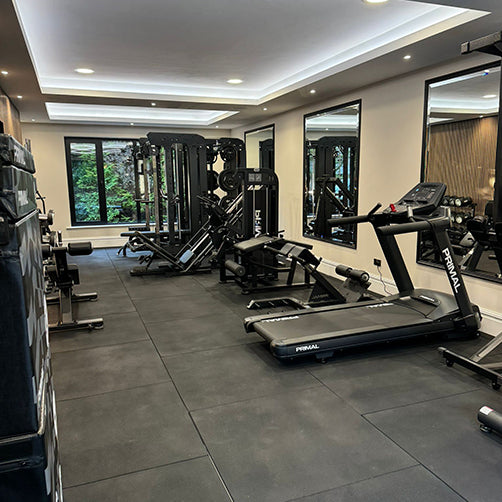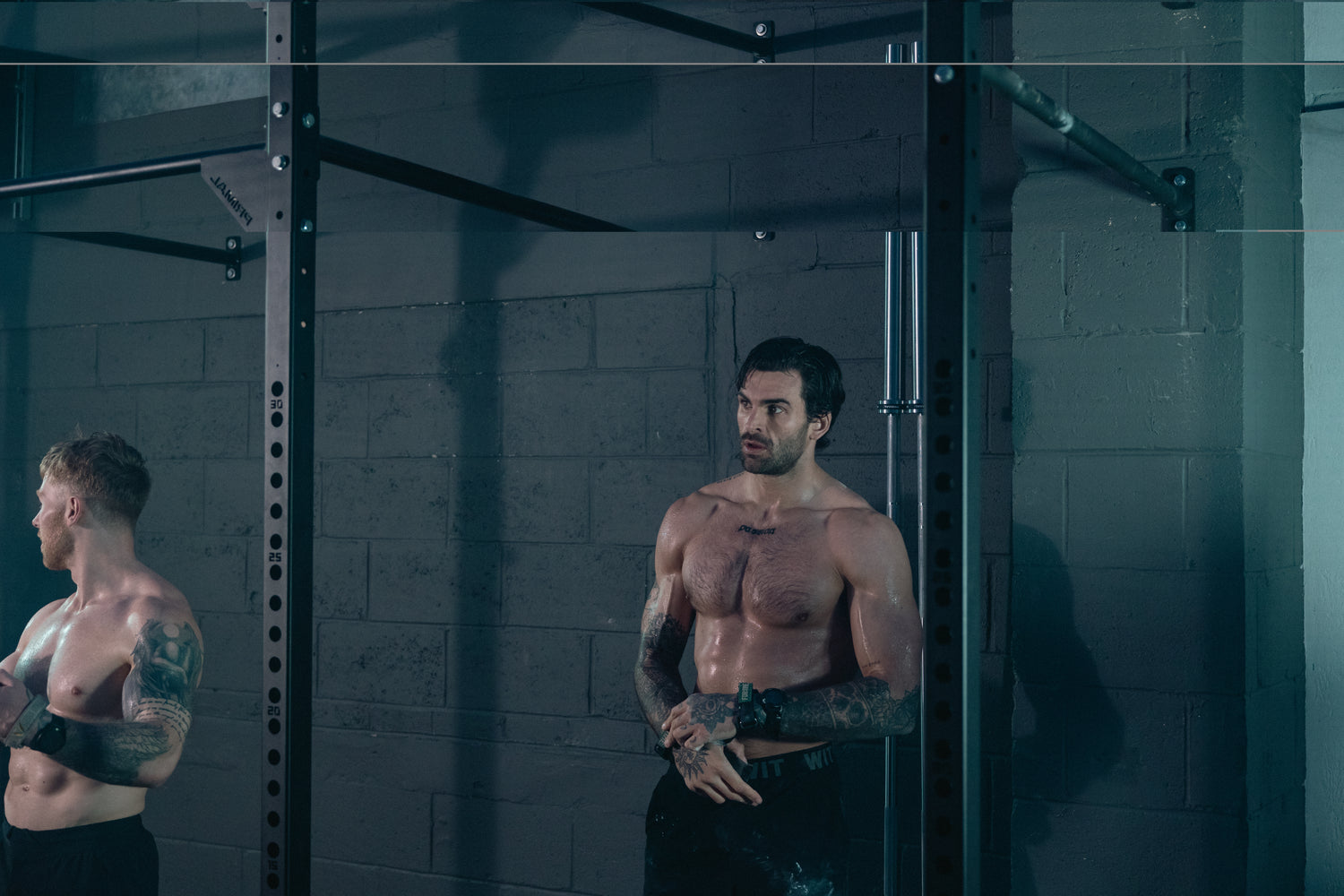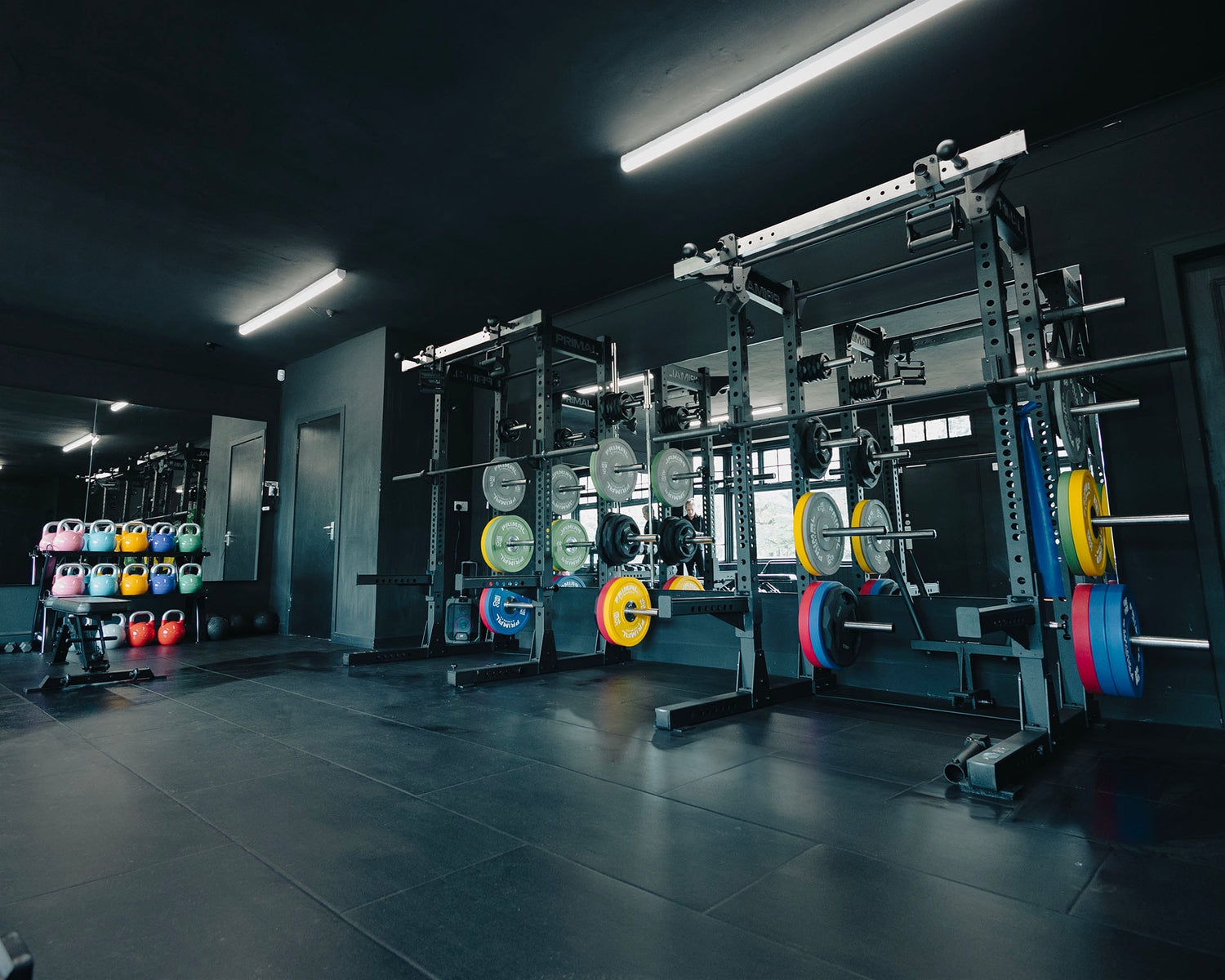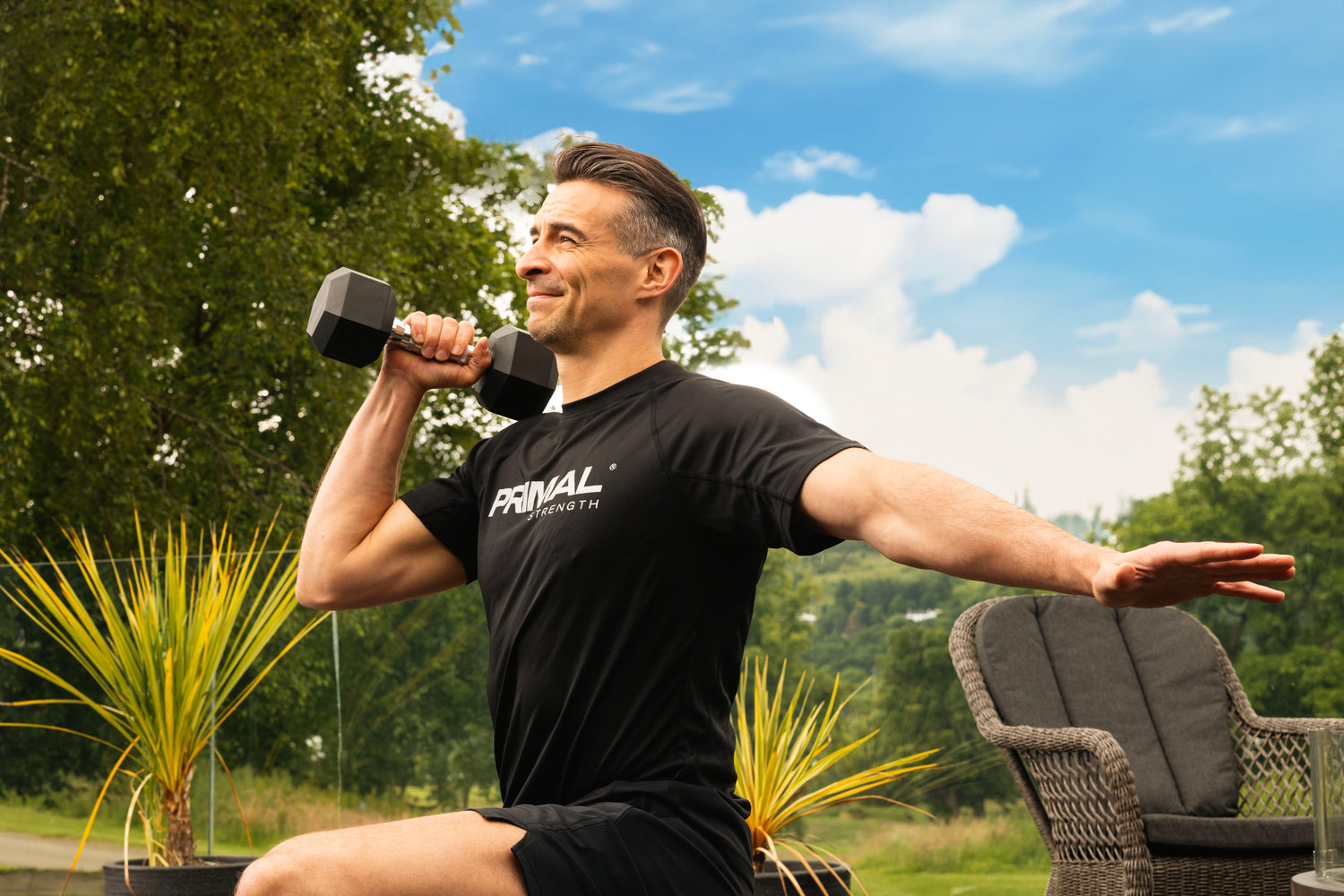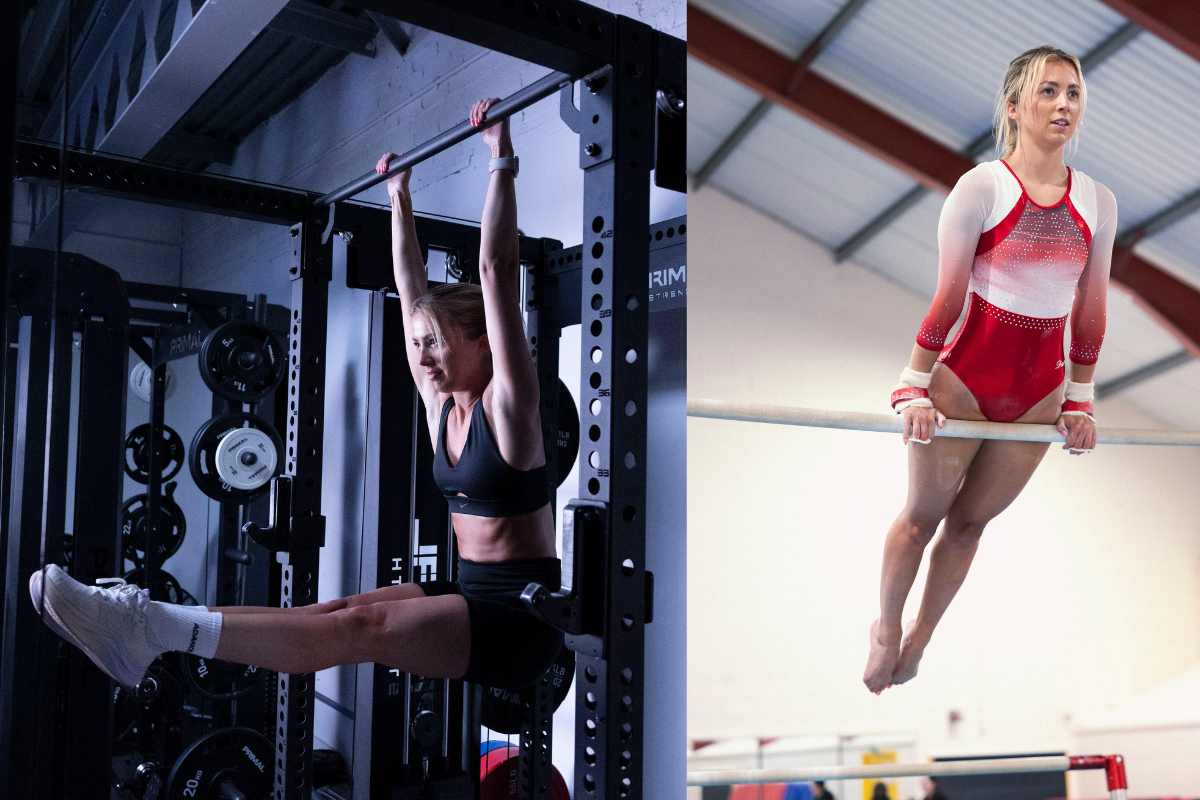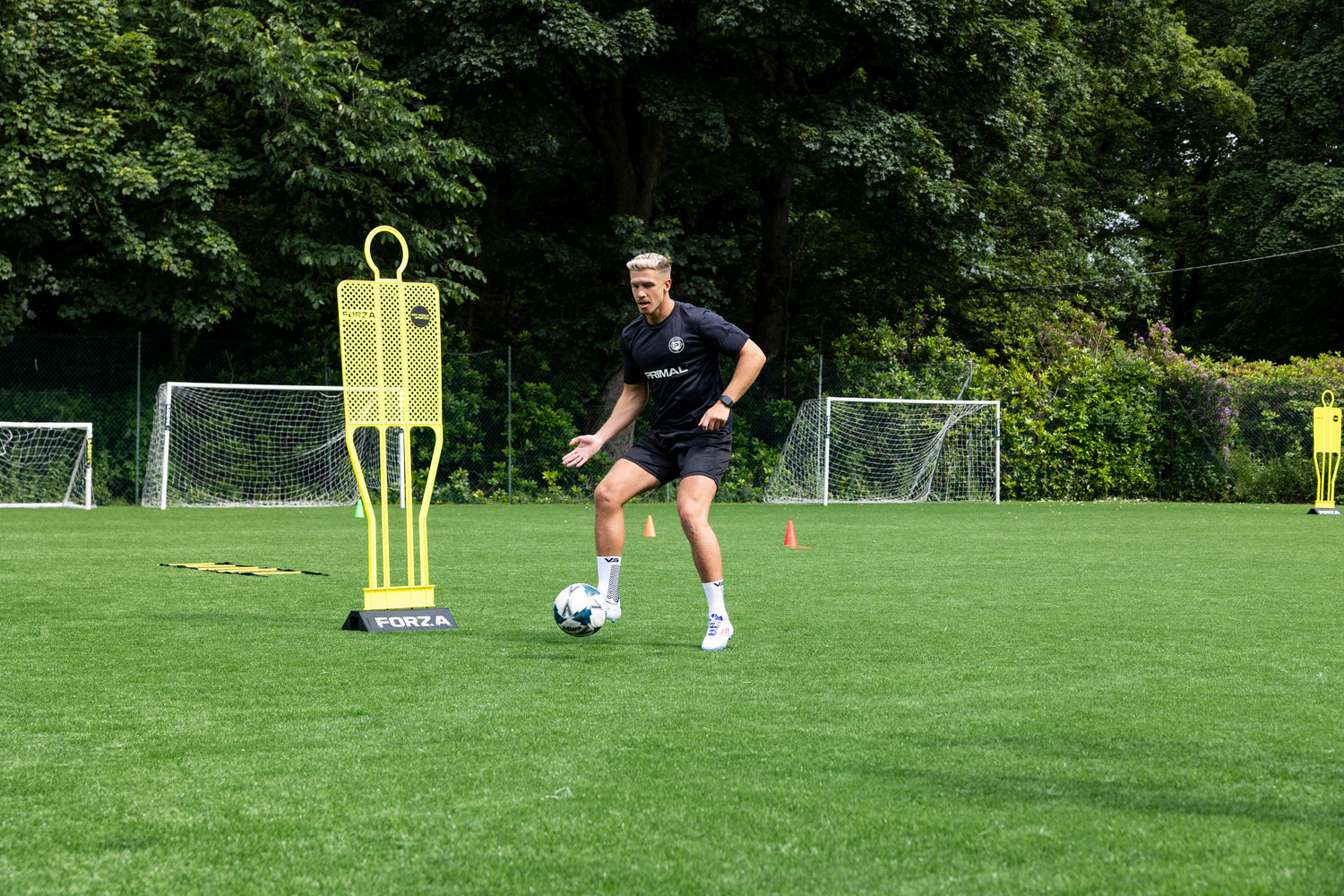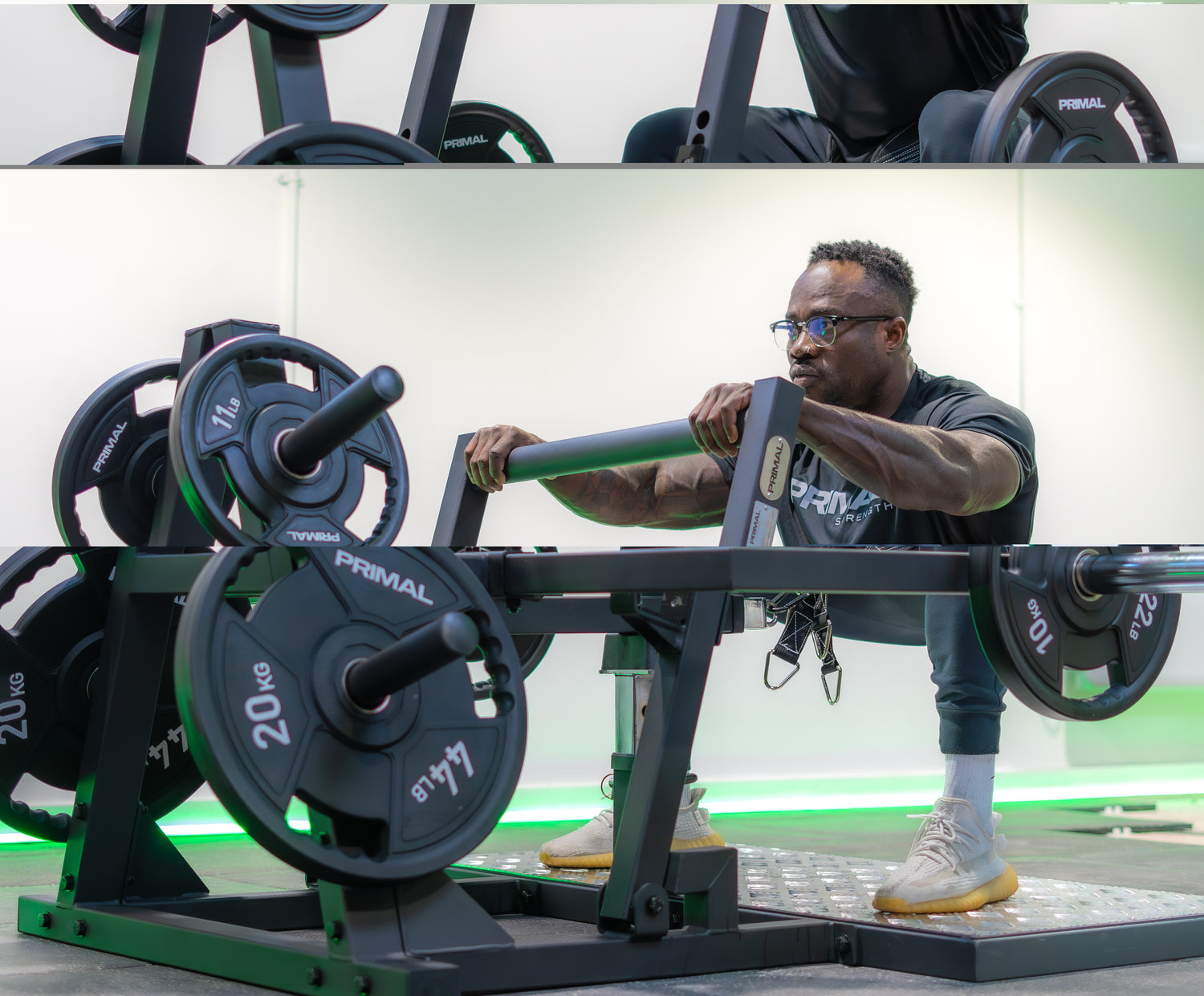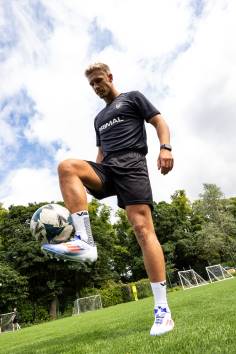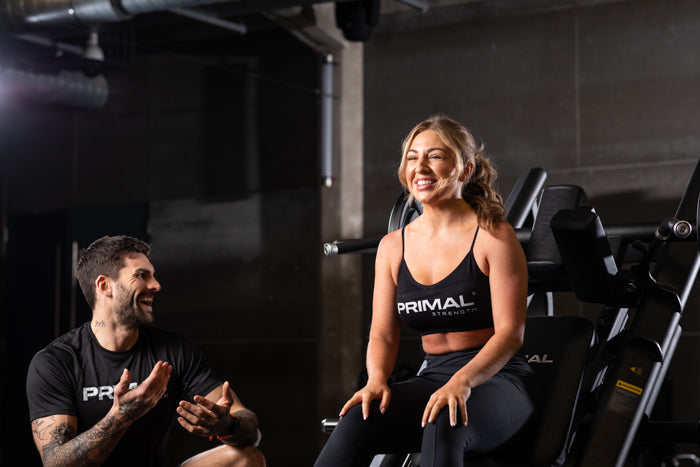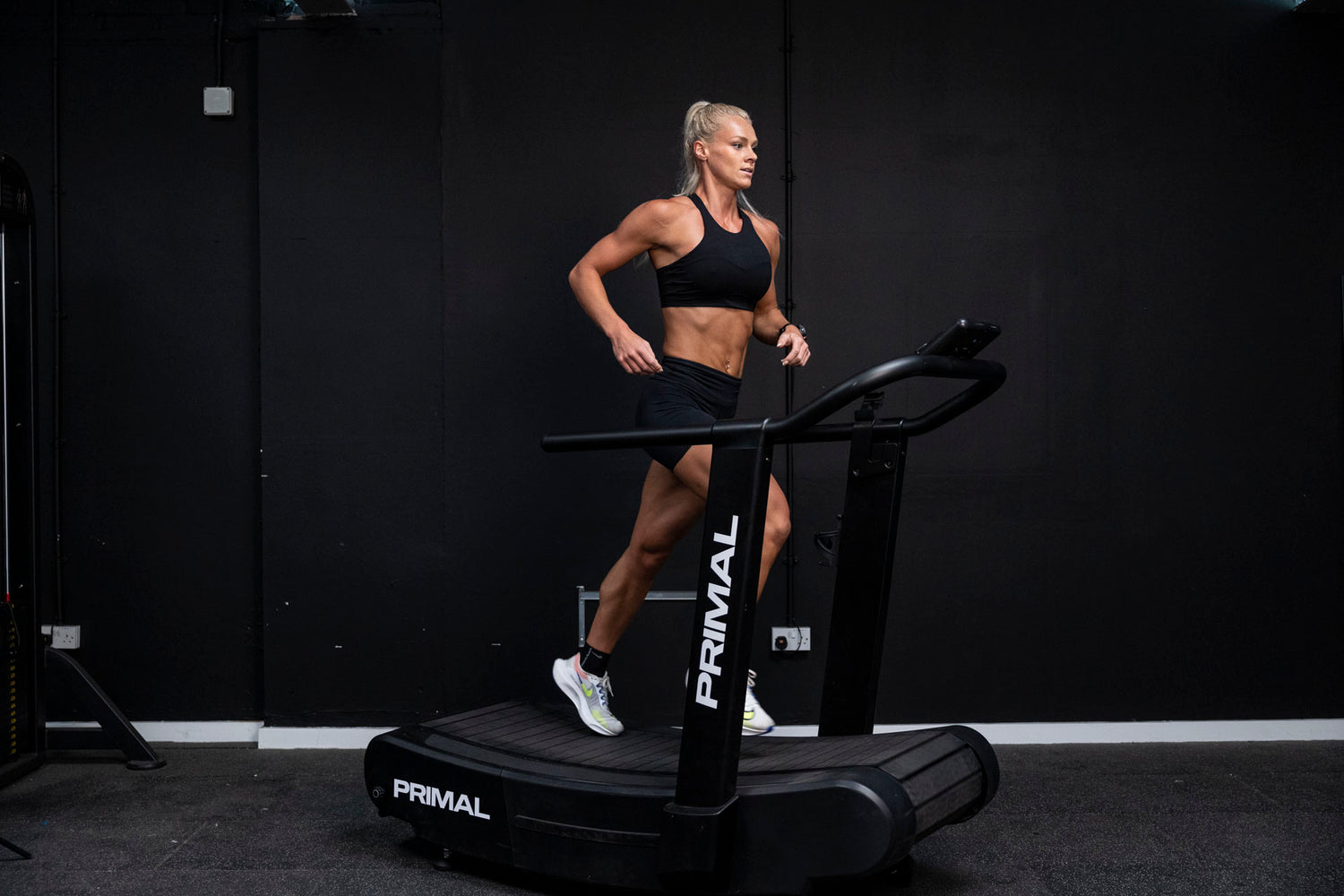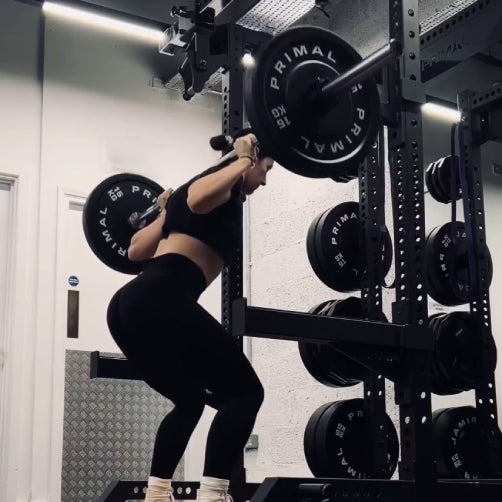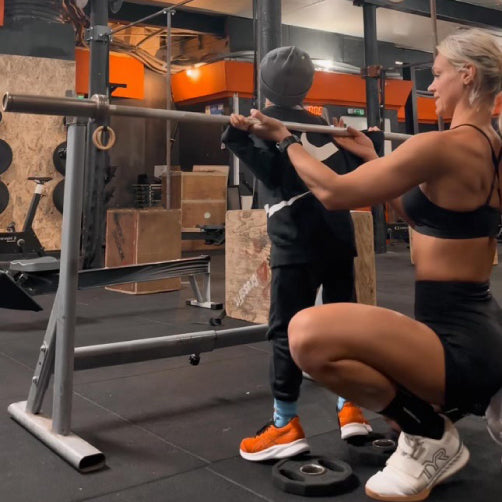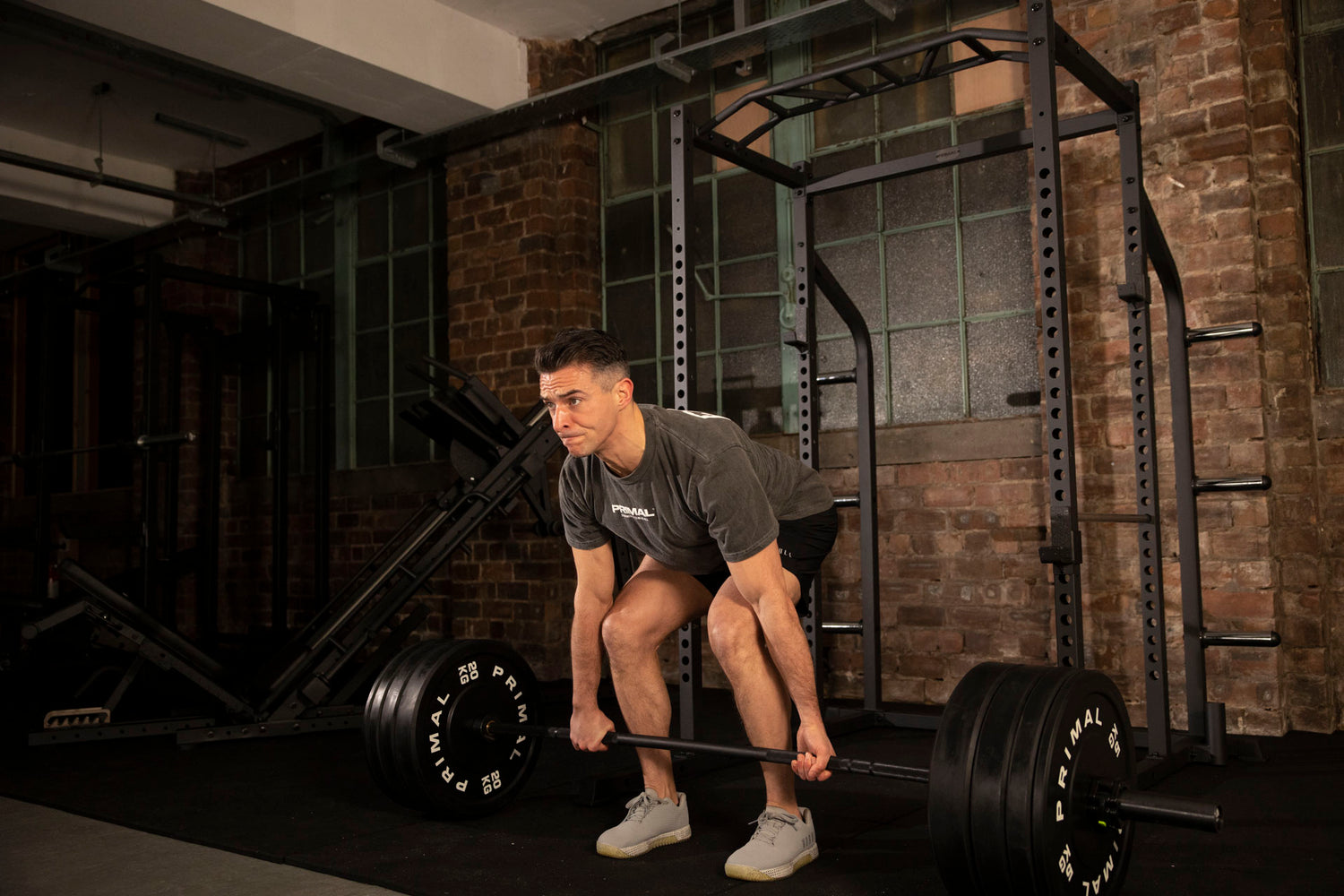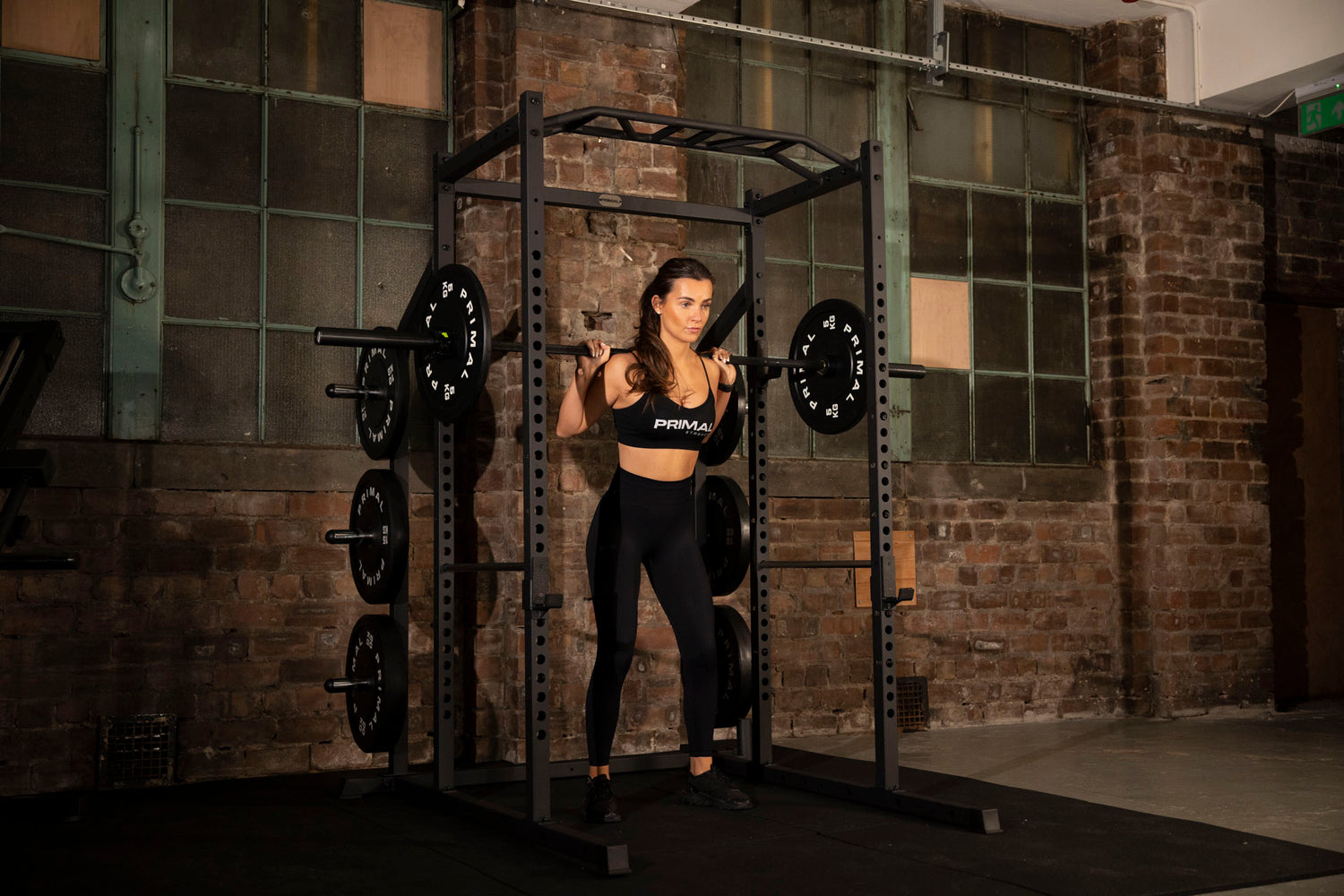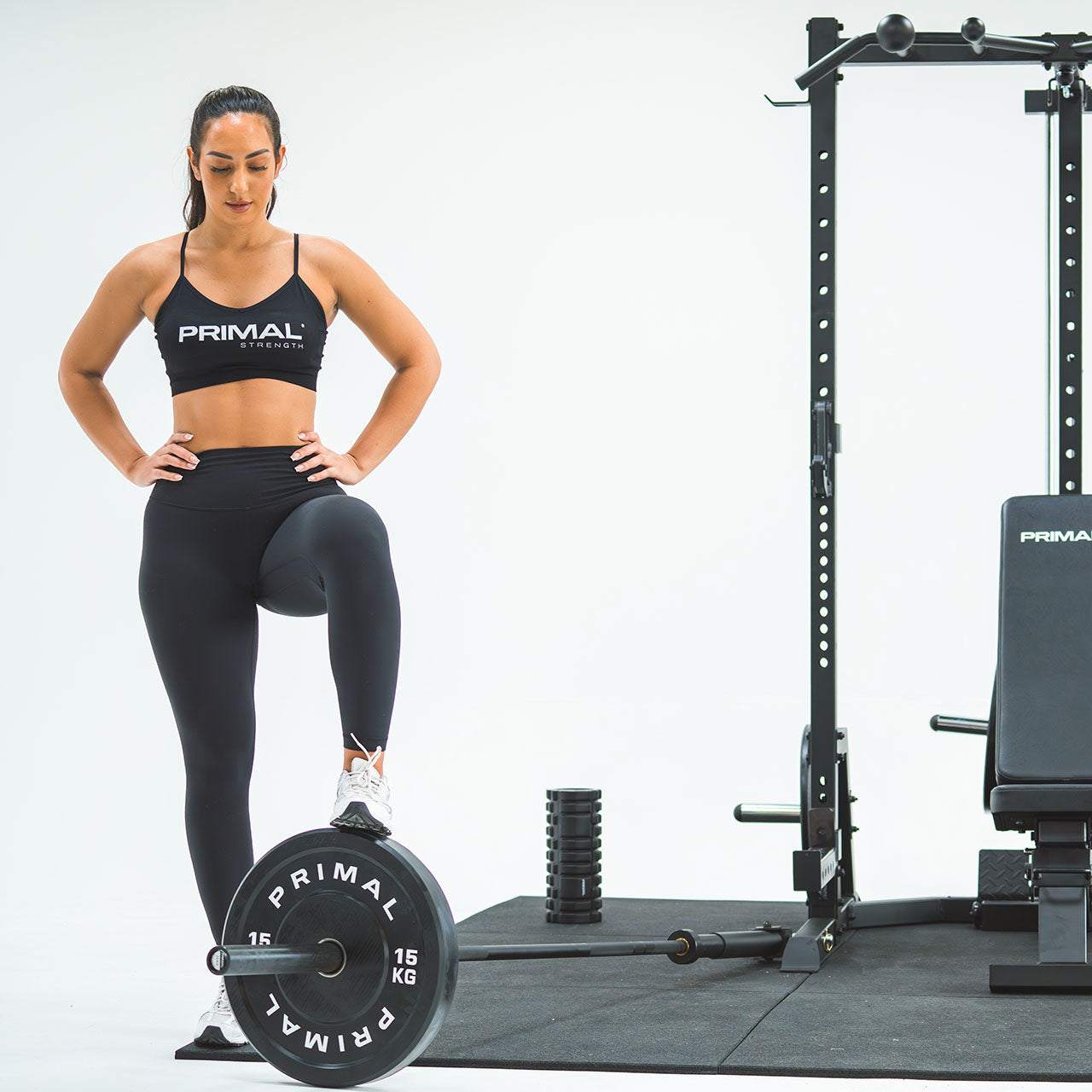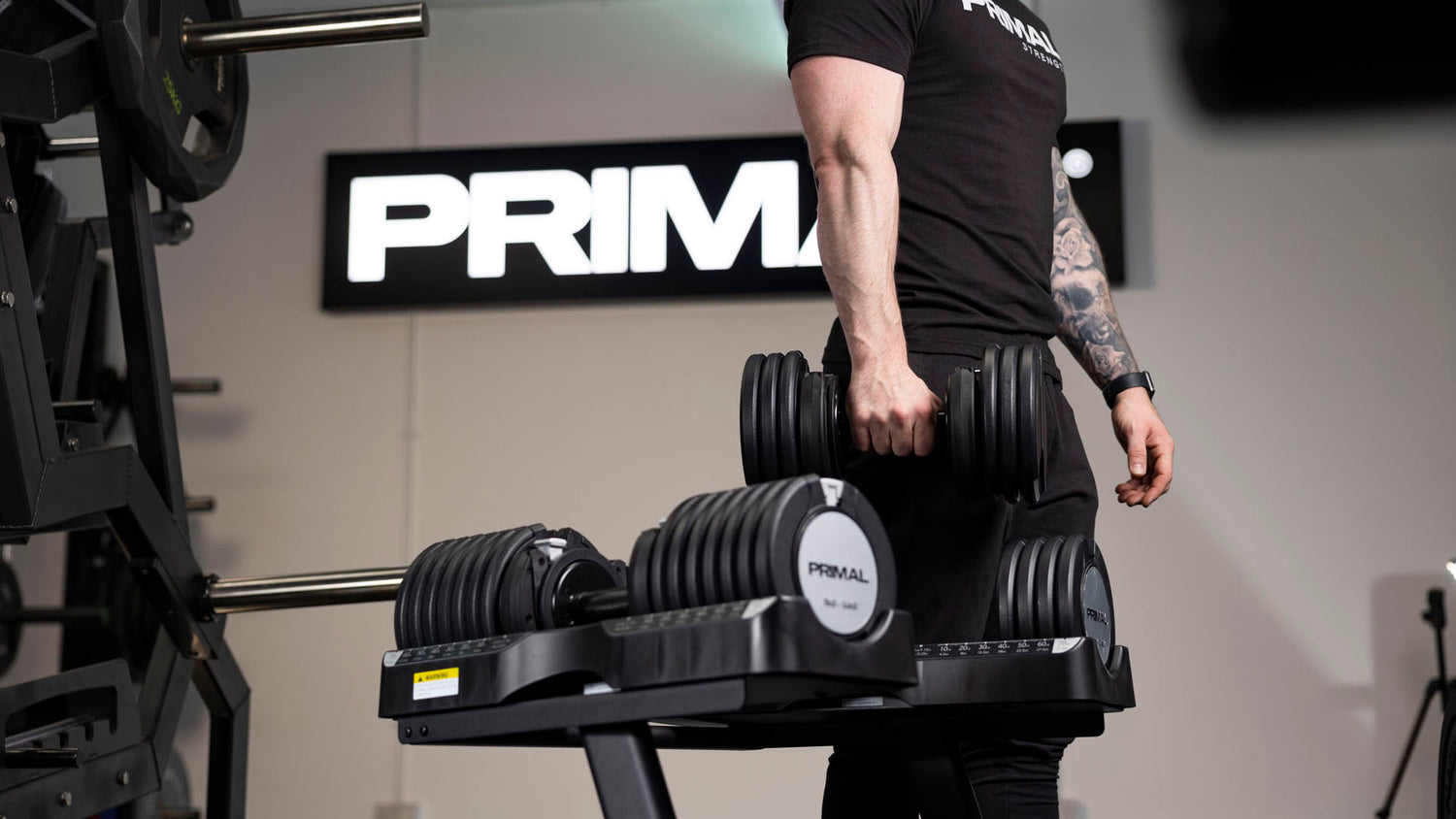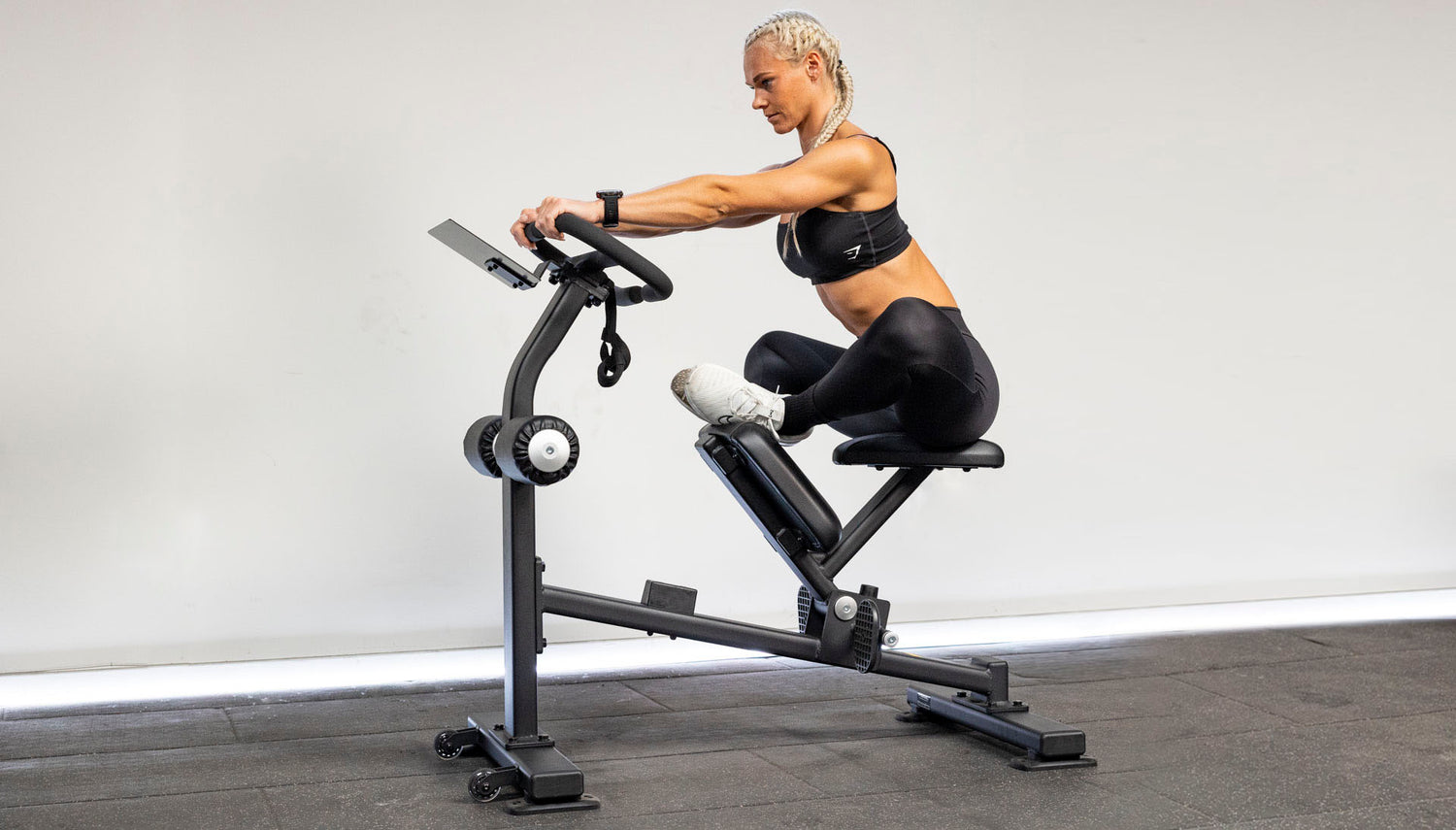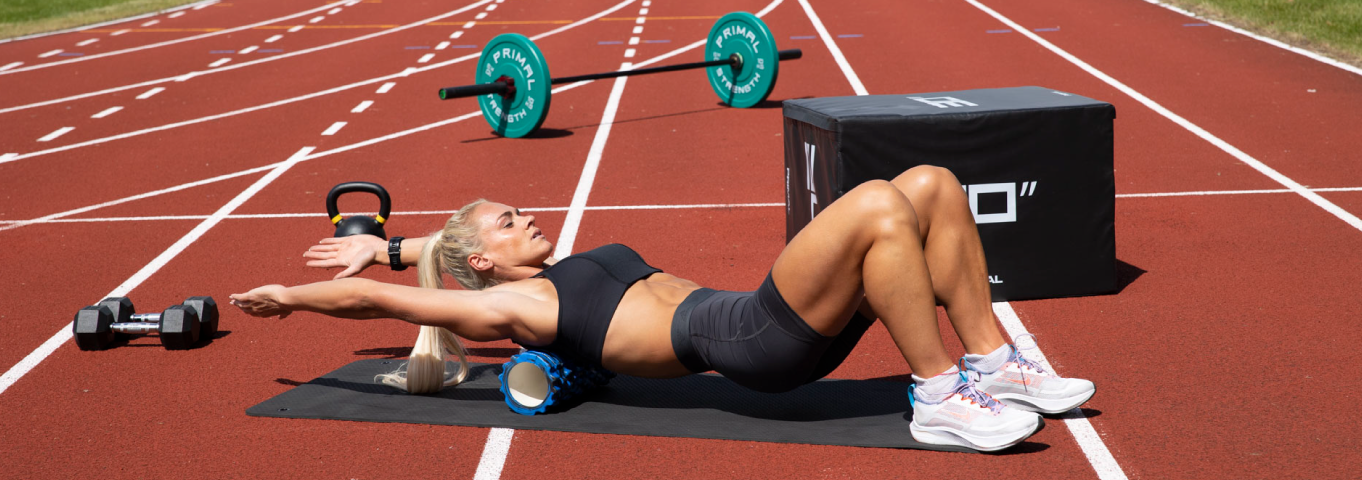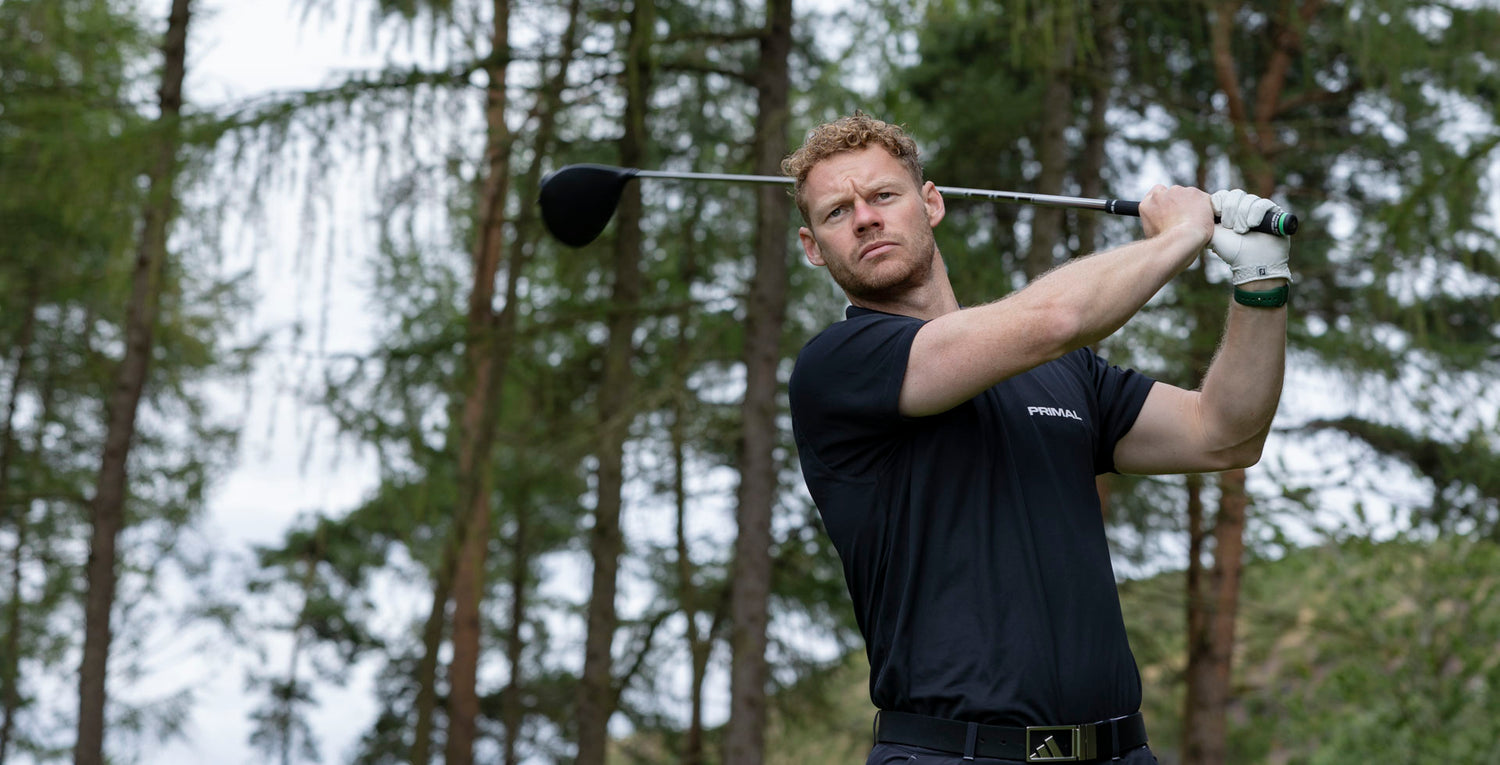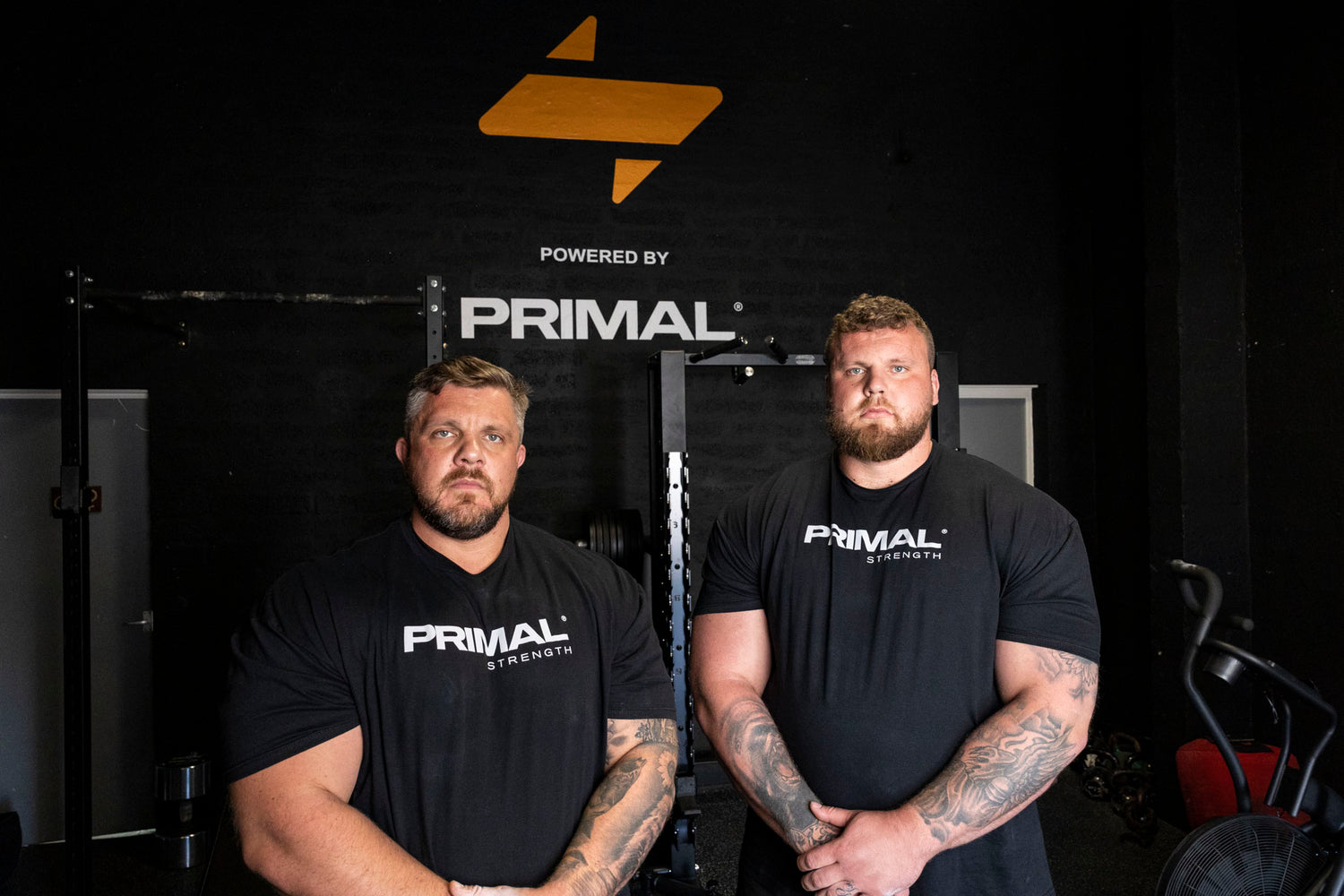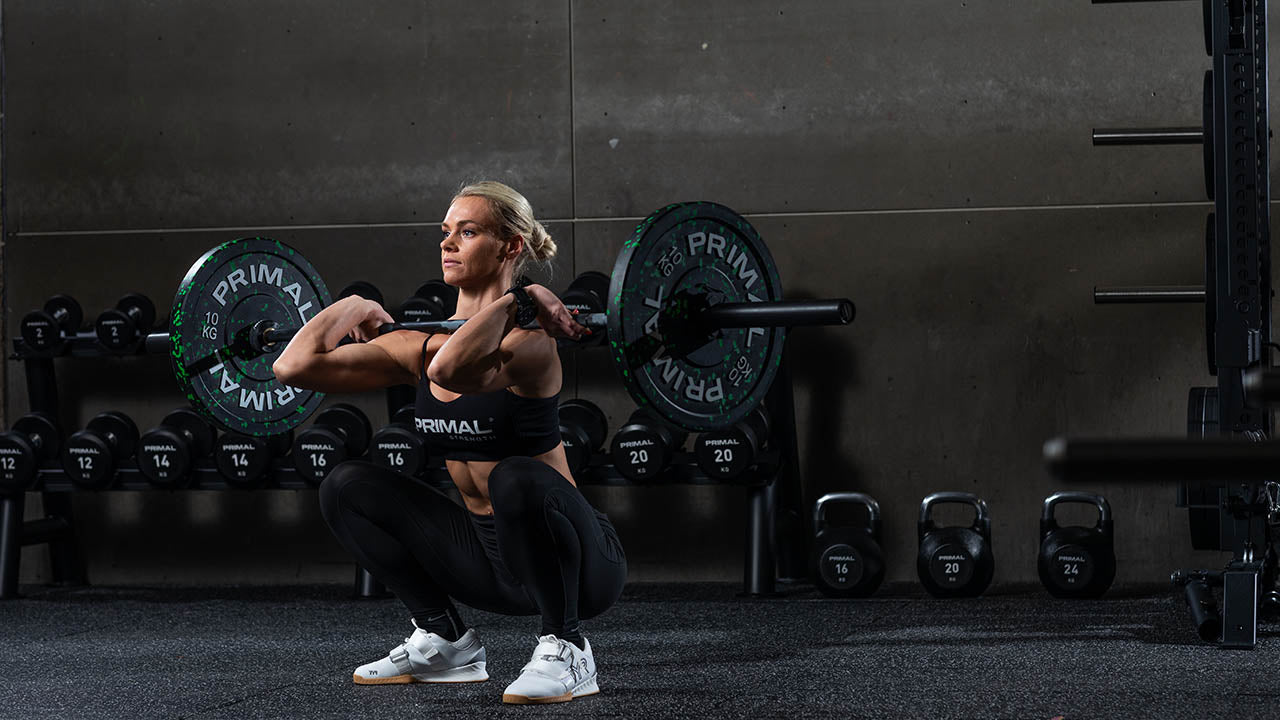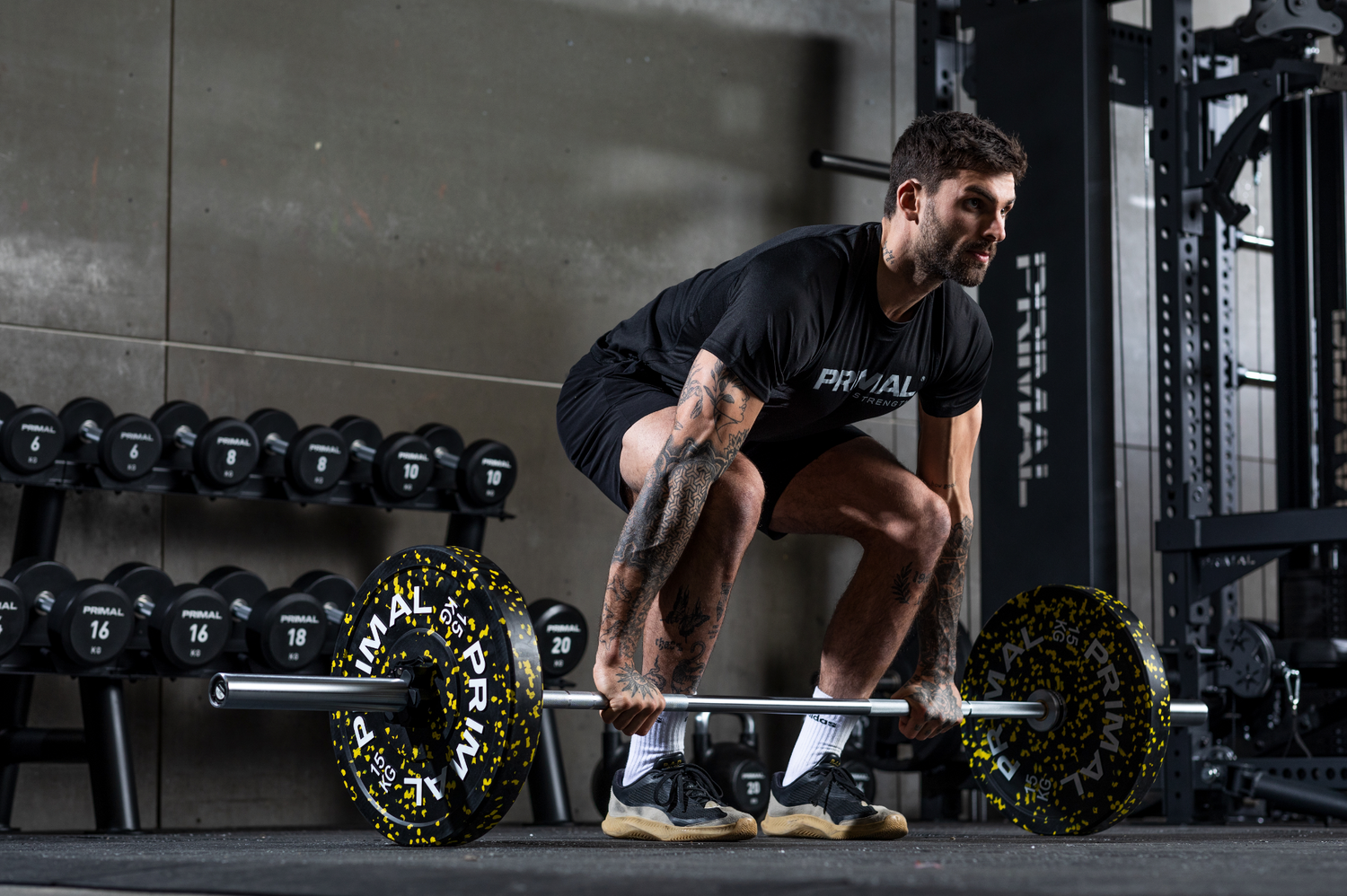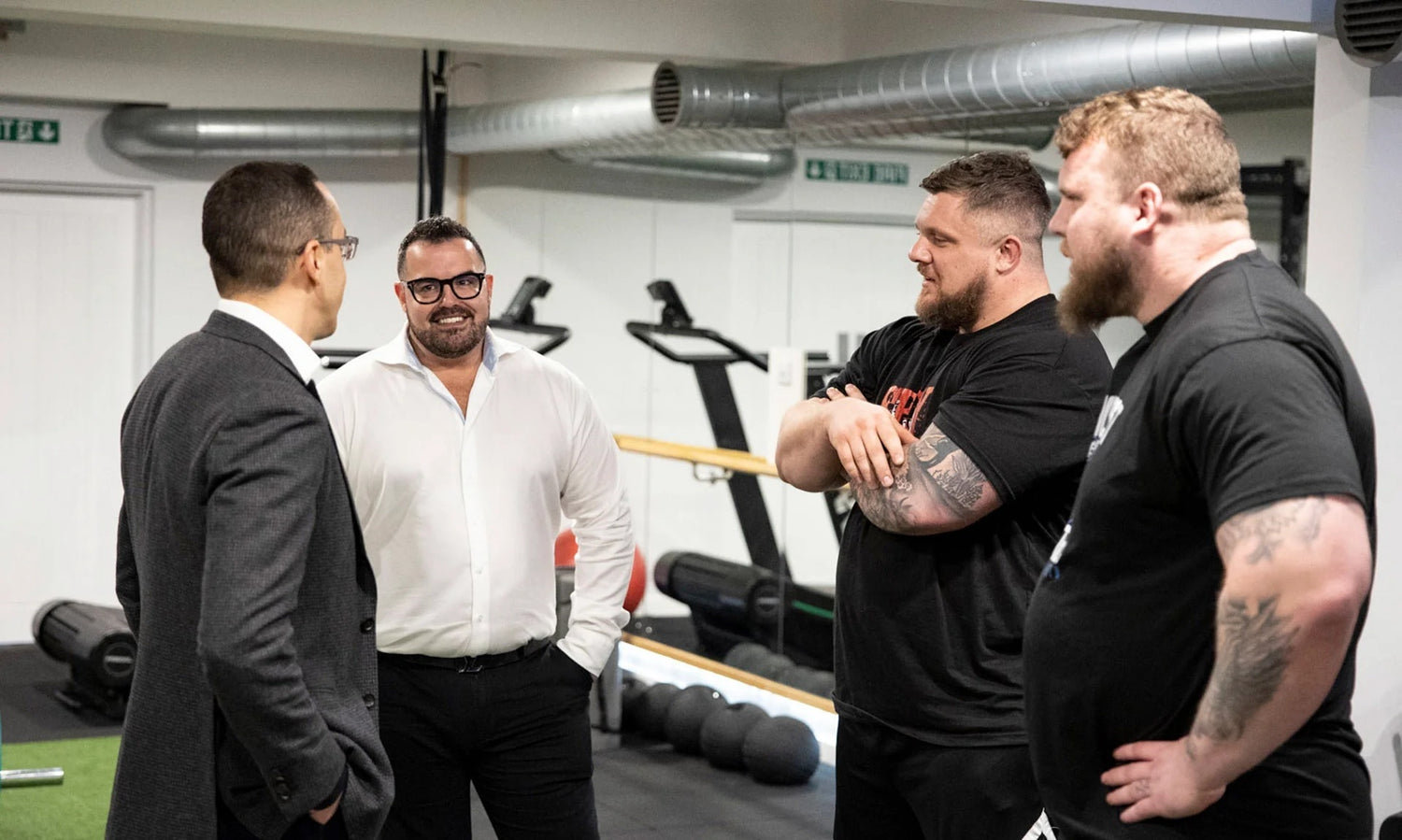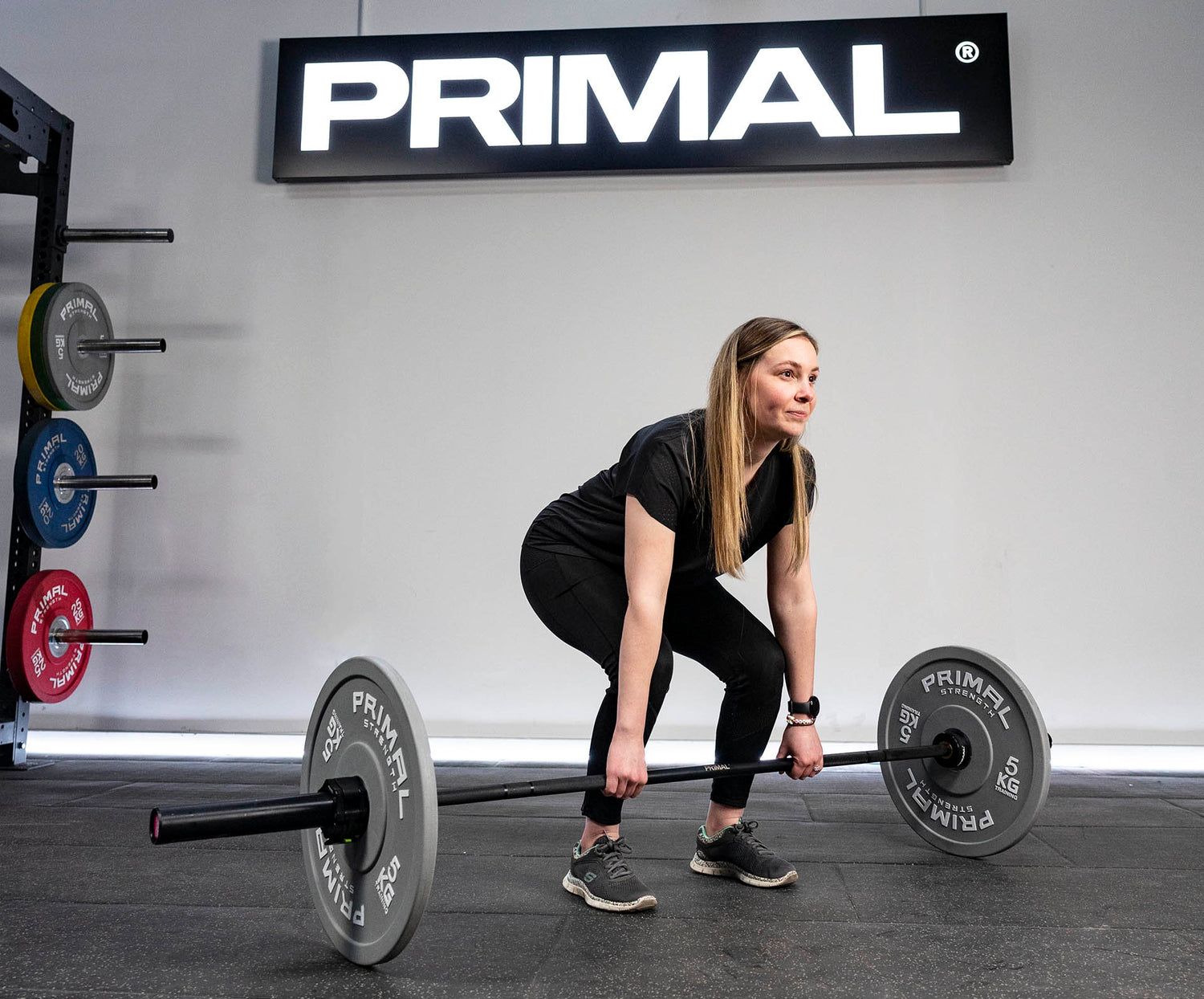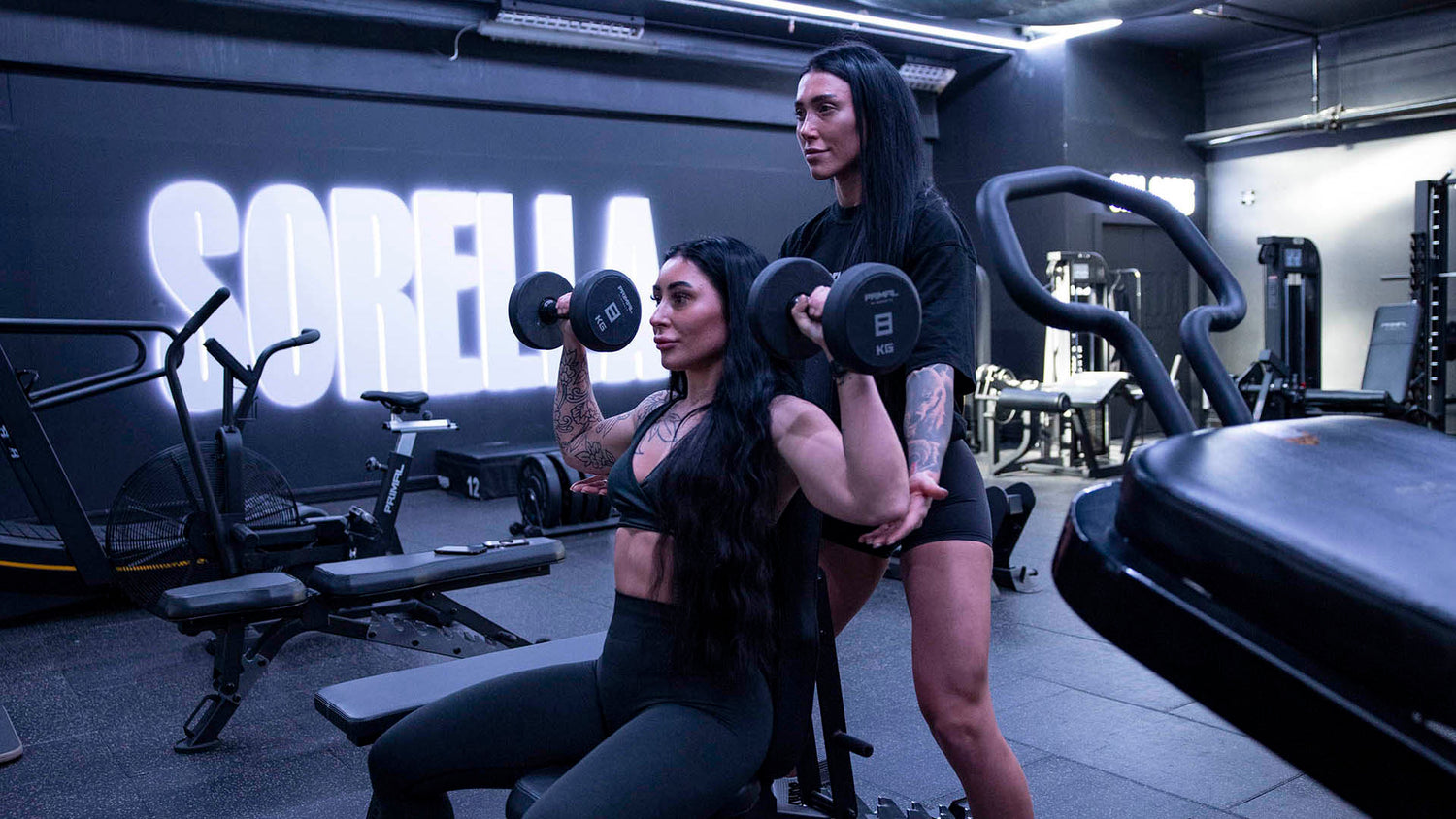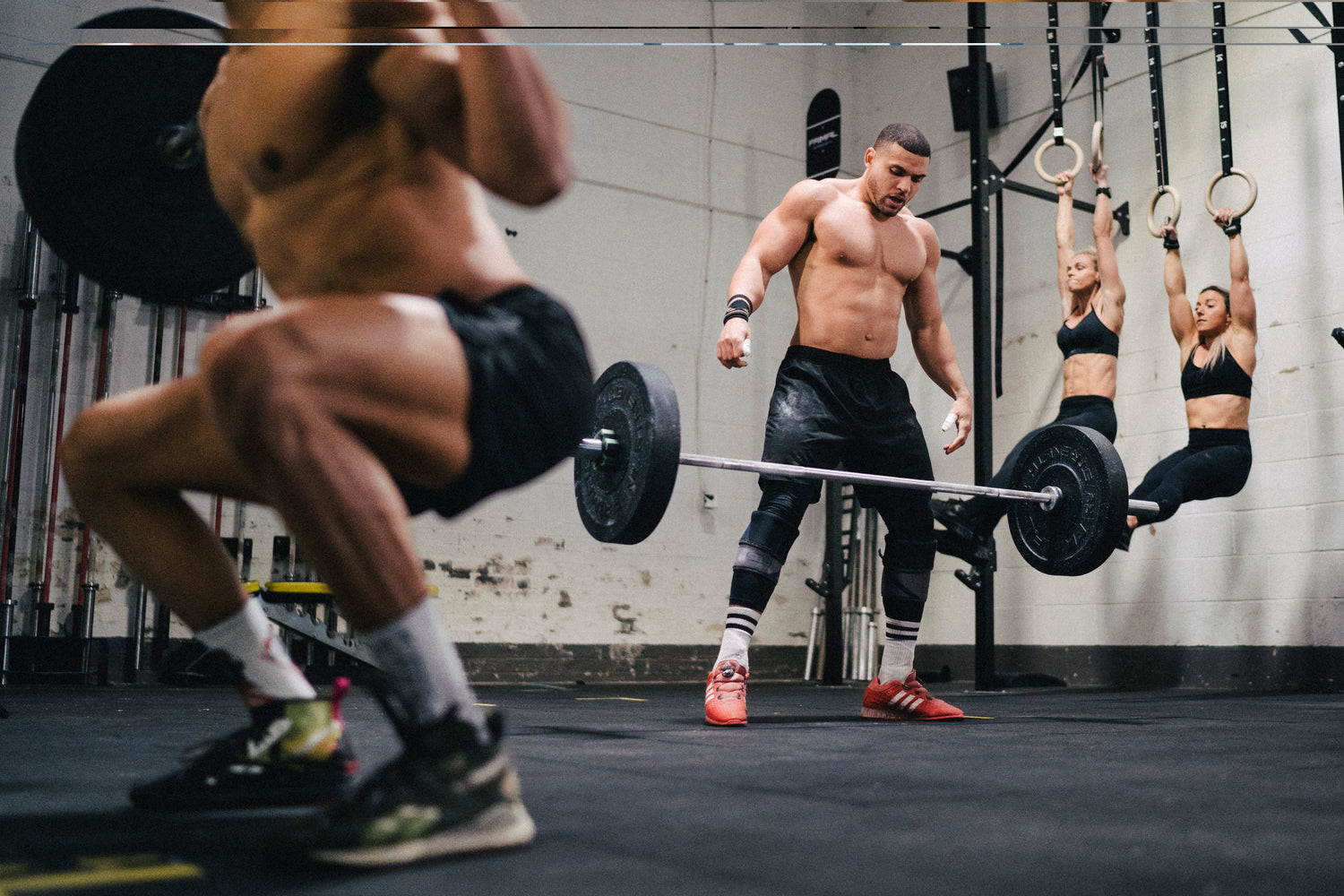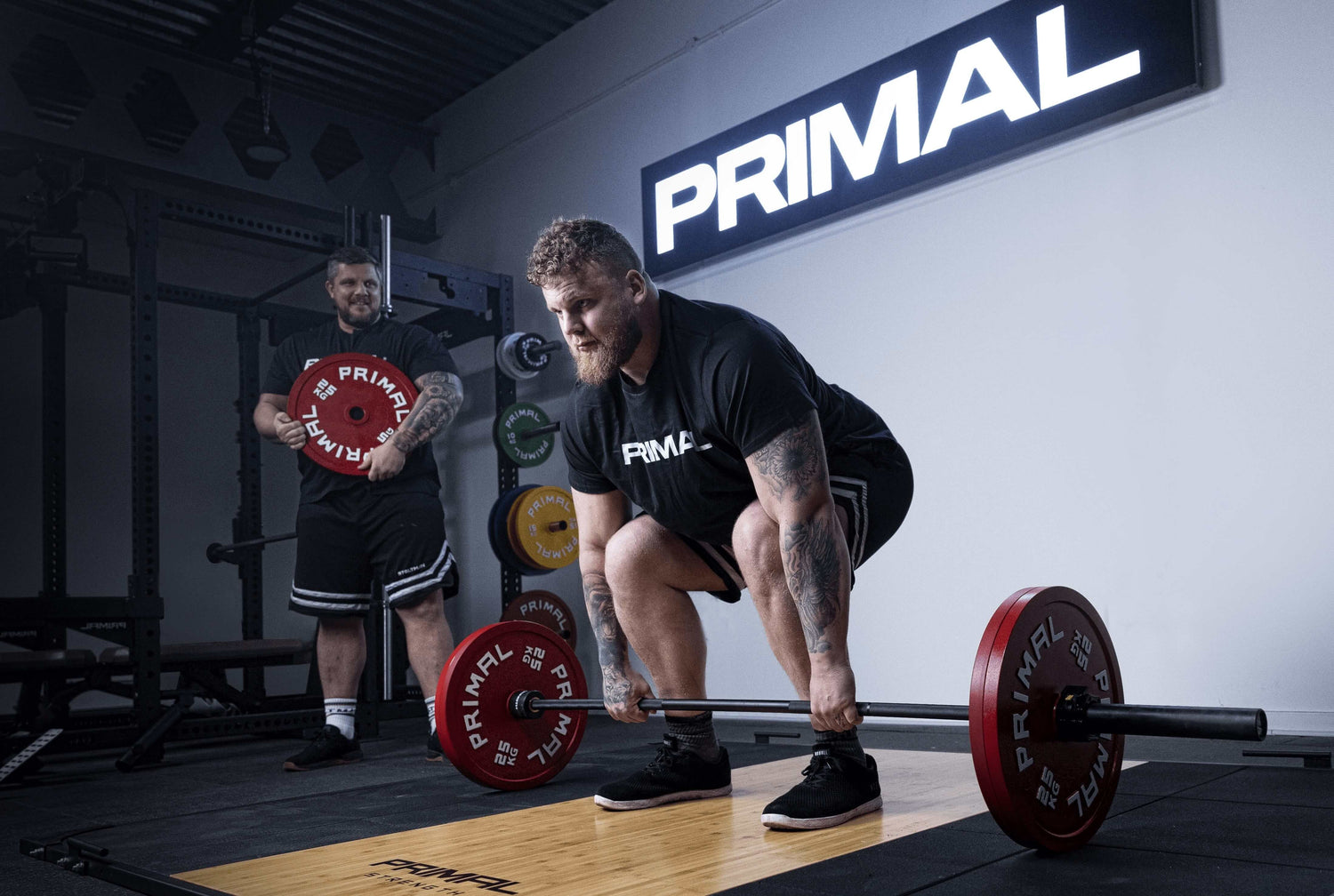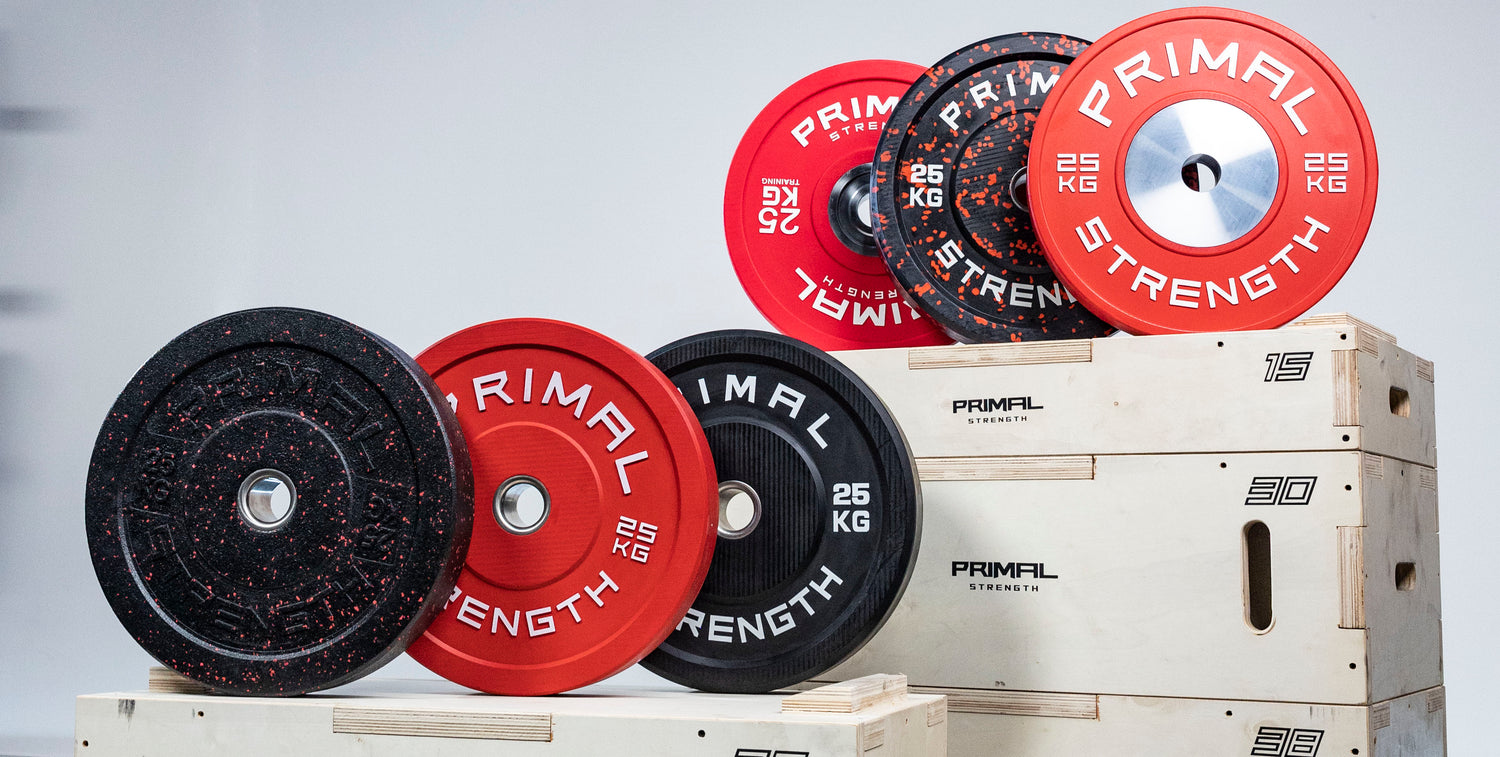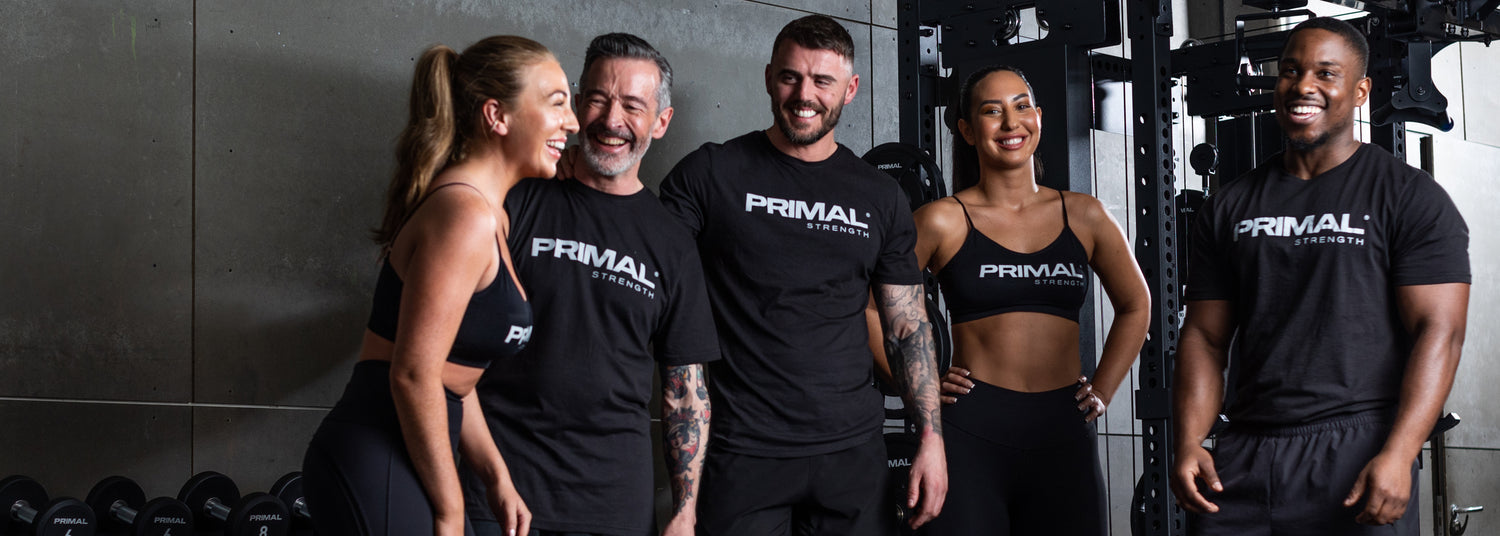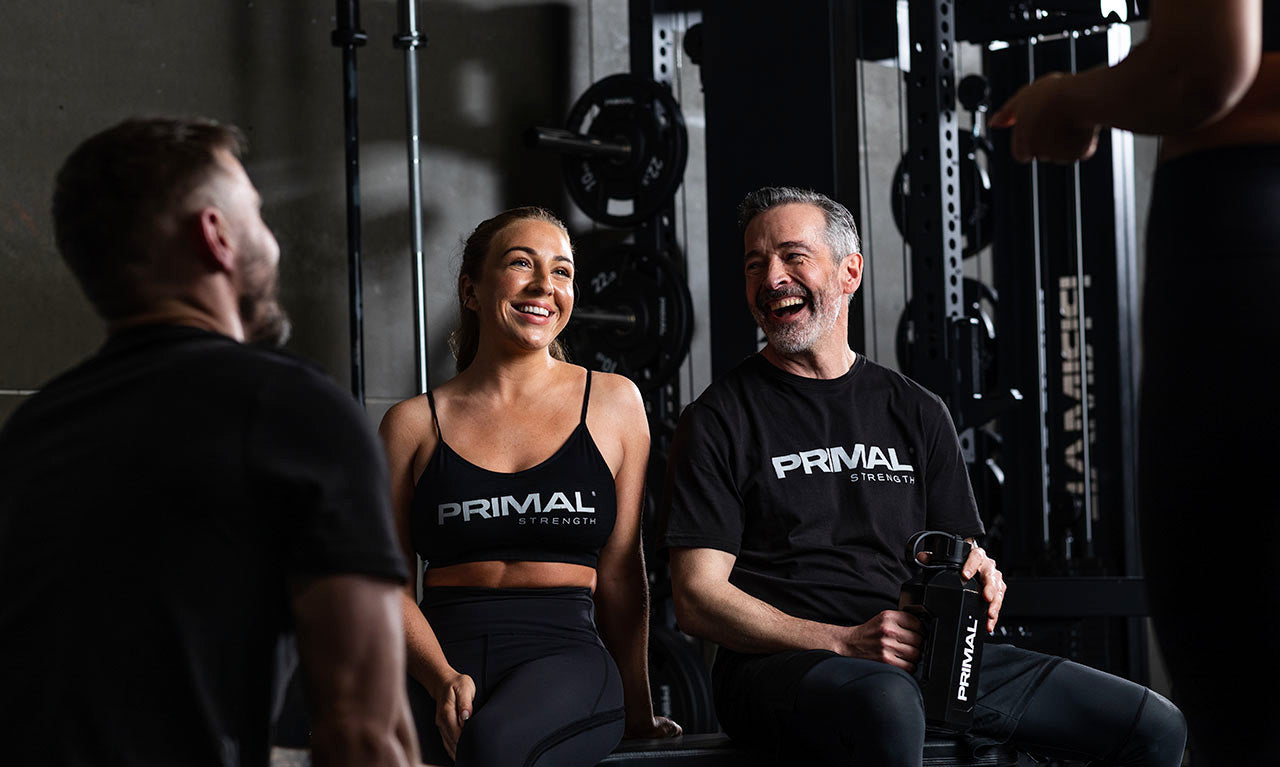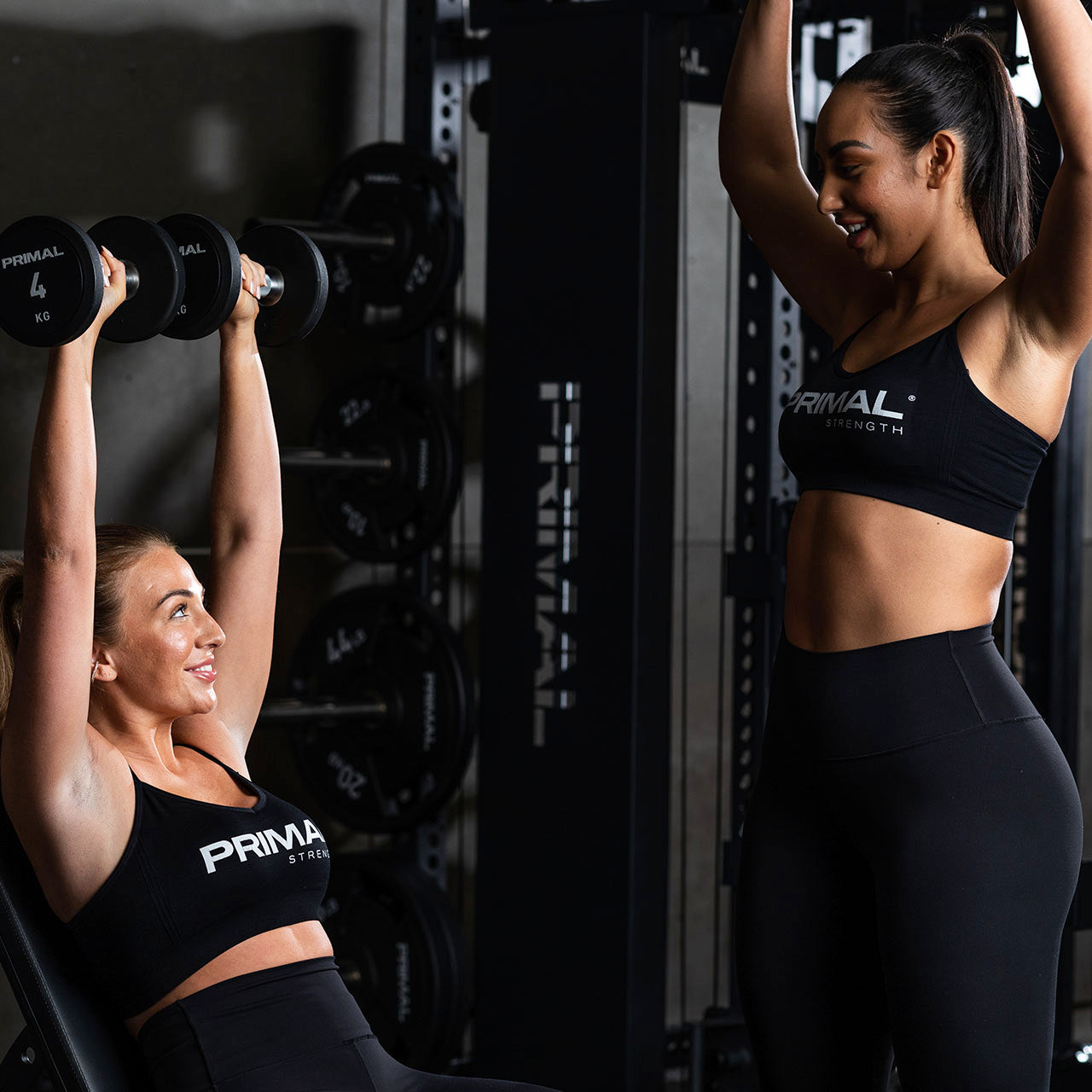


By U18 Sports Scientist, Calum Strang
Are my children too young to train?
The rise of young football stars like Jude Bellingham and Erling Haaland has sparked a shift in how clubs approach player development, emphasizing peak physicality from an early age.
This trend has put more pressure on football academies to produce young athletes capable of thriving in the physically demanding environment of first-team men's football. However, the push towards earlier strength training has raised concerns among parents and sparked media debates about the appropriate age for such training.
So how can parents make informed decisions on what the limits are for their children that want to get into training?
I’ve collated evidence-based research and drawn upon my experience as a professional youth strength and conditioning coast to help answer the question.
Understanding Strength Training
Strength training, or resistance training, involves exercises designed to build muscular strength and endurance using external forces. Unlike bodybuilding or powerlifting, athlete-focused strength training doesn’t necessarily require lifting the heaviest weights possible or getting so big you can’t even scratch your back! Instead, it targets three critical components: strength, power, and stability.
For youth athletes, strength training offers significant benefits. It enhances performance, reduces the risk of sports-related injuries and fractures, builds confidence, and increases the strength of bones, ligaments, and muscles (1). The primary long-term health benefit of resistance training in youth comes from neuromuscular adaptations, which are crucial for learning to use the body efficiently during the formative years (2).
Age Recommendations
From a technical point of view, the NSCA guidelines would recommend an introduction to resistance training in males ages 9-12 and females aged 8-11. However, you could argue that when you actually break down what resistance training is, the external force and overcoming it, is trained in everyday life from infancy to old age. Think babies crawling, or lifting their heavy heads, or an older child carrying their bike. From that angle it is natural and already occurring in everyday life to perform non-conventional lifts, so why not introduce a safer, controlled environment where they can become more efficient and track their progress?
Therefore I believe as soon as a child is competent enough to understand instruction and act accordingly, then they are old enough to be exposed to resistance training. Just because they are old enough to do it though, doesn’t mean they should be forced into it. If they enjoy it… Great!
Developmental Stages
Determining the right age to target specific components of strength training depends more on biological age than chronological age. Children go through various developmental stages, affecting how their bodies operate. A key concept in sports science is peak height velocity (PHV), the period during adolescence when growth is fastest, often coinciding with puberty and has physiological and hormonal changes as a result.
-
Pre Pubescent Stage: Children can engage in basic strength exercises, focusing on learning to use their bodies effectively, improving technique, bodyweight movements, and neuromuscular control (which is basically the control of movement, balance and posture).
- Pubescent Stage: Significant hormonal changes and growth spurts occur. Rapid growth can lead to disproportionate limb lengths and so they almost have to learn to use their body again, think Bambi’s first steps! It also brings an increased stress on muscles, ligaments and tendons, and a heightening injury risk. Focus should remain on neuromuscular control and joint-strengthening exercises like isometrics and plyometrics.
- Post Pubescent Stage: Young athletes can handle more advanced training programs, benefiting from increased hormonal support for strength gains. This stage involves ramping up load and volume for further athletic development.
(9) Figure 1
It's important to note that males and females reach these biological stages at different times and have different hormones (testosterone vs. estrogen), which will affect training adaptations and must be planned accordingly.
Safety Considerations
Contrary to some concerns, strength training is safe for youths when done correctly.
Looking at injury rates, resistance training is significantly safer than many sports, with 228 times less injury rates than rugby (3).
But what about their growing bodies? Actually, properly designed programs do not negatively impact growth plate health, linear growth, or cardiovascular systems in adolescents (4). Which debunks several industry myths.
Doesn’t it stunt growth? Another myth. Even though the risk is greater during their competitive sport (5), there is no evidence that training will negatively impact growth during adolescence (6).
Creating a safe environment is crucial to prevent injuries primarily caused by misuse of equipment, inappropriate weights, or poor technique. Here’s how you can keep your kids safe when strength training:
- Supervision by Trained Professionals: Qualified coaches should oversee training to ensure appropriate loading and progression.
- Proper Technique: Correct form limits injury and builds a solid foundation.
- Appropriate Equipment: Using equipment suitable for the athlete's size and strength level is essential.
- Well-Rounded Fitness Program: Strength training should be part of a comprehensive fitness program, including flexibility, balance, and endurance.
Creating a safer environment is the best way to help youths stay injury free as injuries relating to strength training for kids are mainly due to the misuse of equipment, inappropriate weights or techniques (7). One American study found that the most common injuries with resistance training were accidental, and decreased significantly as age groups progressed. Two-thirds of 8-13 year olds that sustained injuries were to the hands and feet from dropping or pinching weights (8). We’ve all been there!
Remember these are young people. We need to be thinking about enjoyment and engagement (we’re competing with TikTok and Fortnite after all!). Keeping training sessions fun and varied will keep them interested and motivated, which will help promote long-term success with their programs.
Conclusion
When done correctly, strength training offers numerous benefits, from enhanced performance, to injury prevention and self-esteem boosts even for kids.
However, determining the right age for youth athletes to begin strength training involves careful consideration of their physical maturity, individual readiness and motor skill competency, alongside ensuring a safe and supportive training environment.
For more insights on youth fitness and training, sign up to the PRIMAL Newsletter, and follow @calumstrangcoaching and PRIMAL on Instagram.
References
Myers AM, Beam NW, Fakhoury JD. Resistance training for children and adolescents. Transl Pediatr. 2017 July;6(3):137-143. doi: 10.21037/tp.2017.04.01. PMID: 28795003; PMCID: PMC5532191.
- Granacher U, Lesinski M, Büsch D, Muehlbauer T, Prieske O, Puta C, Gollhofer A, Behm DG. Effects of Resistance Training in Youth Athletes on Muscular Fitness and Athletic Performance: A Conceptual Model for Long-Term Athlete Development. Front Physiol. 2016 May 9;7:164. doi: 10.3389/fphys.2016.00164. PMID: 27242538; PMCID: PMC4861005.
- Hamill B. Relative safety of weight lifting and weight training. J Strength Cond Res. 1994;8:53–7.
- Paul R. Stricker, Avery D. Faigenbaum, Teri M. McCambridge, COUNCIL ON SPORTS MEDICINE AND FITNESS, Cynthia R. LaBella, M. Alison Brooks, Greg Canty, Alex B. Diamond, William Hennrikus, Kelsey Logan, Kody Moffatt, Blaise A. Nemeth, K. Brooke Pengel, Andrew R. Peterson; Resistance Training for Children and Adolescents. Pediatrics June 2020; 145 (6): e20201011. 10.1542/peds.2020-1011
- McNitt-Gray J, Hester D, Mathiyakom W, et al. Mechanical demand on multijoint control during landing depends on orientation of the body segments relative to the reaction force. J Biomech. 2001;34:1471–82.
- Malina R. Weight training in youth – growth, maturation and safety: an evidenced based review. Clin J Sports Med. 2006;16:478–87.
- Dahab KS, McCambridge TM. Strength training in children and adolescents: raising the bar for young athletes? Sports Health. 2009 May;1(3):223-6. doi: 10.1177/1941738109334215. PMID: 23015875; PMCID: PMC3445252.
- Myer G, Quatman C, Khoury J, et al. Youth vs adult “weightlifting” injuries presented to United States emergency rooms: accidental vs non-accidental injury mechanisms. J Strength Cond Res. 2009;23:2054–60.
- London Bridge Sports Medicine, (2022). Peak Height Velocity - Guide For Parents And Children | London Bridge Sports Medicine. [online] Available at: https://lbsm.co.uk/peak-height-velocity-guide-for-parents-and-children/.









